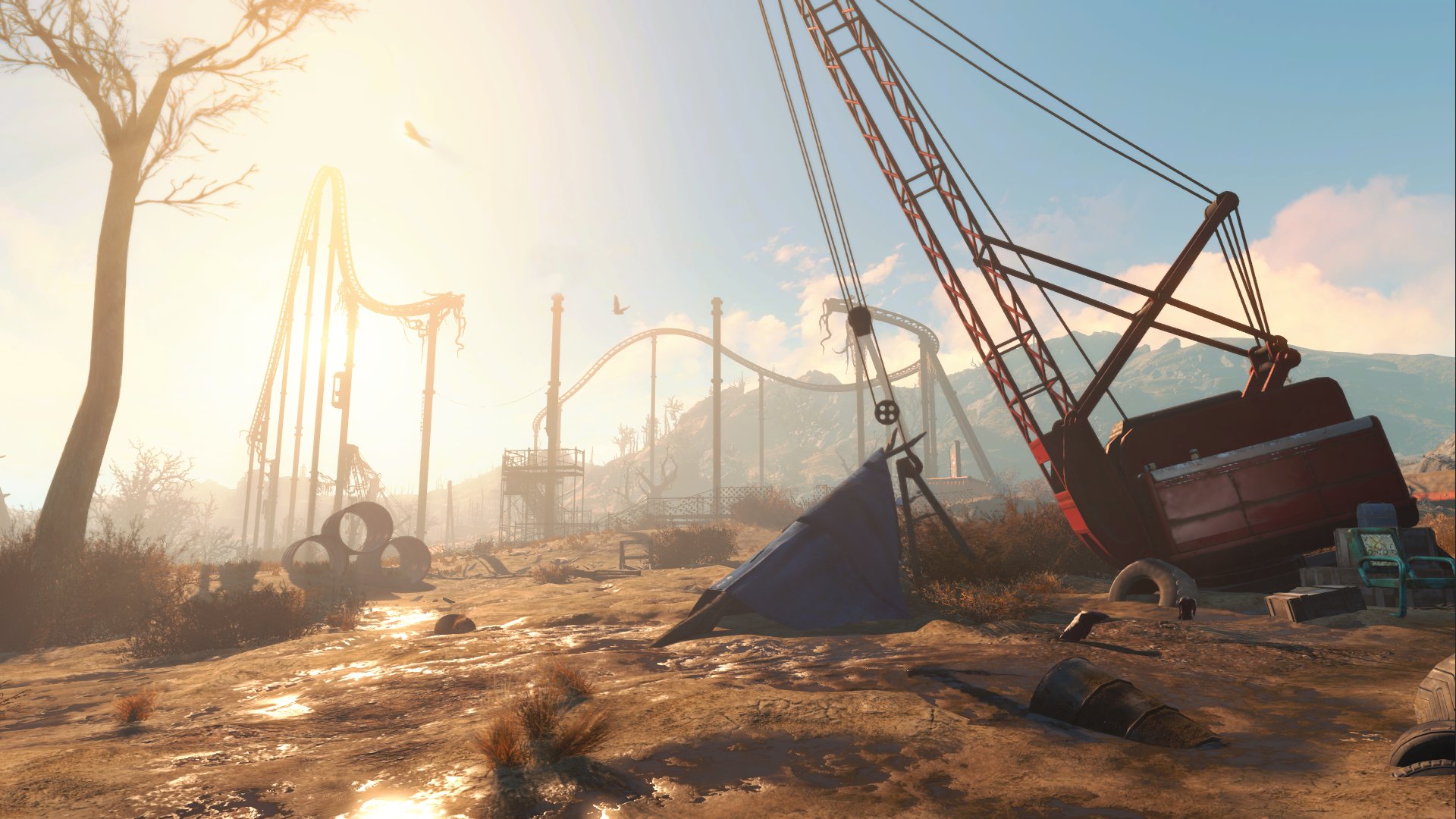Atom bomb, baby!
Embedded deep within Fallout's retro-future post-apocalypse is a tightly tucked hope for reclamation, a yearning for the restoration of human civilization, human strength, and just plain humanity. In an irradiated world built upon the ruins of American society—in this case, a region of the Commonwealth based around the port city of Boston—any true desire for a return to the glory days of the past requires grit, determination, and an extraordinary belief in the future. Fallout 4, beyond re-sculpturing the series into a robust action-oriented RPG, poses various factions with conflicting viewpoints on how the Commonwealth should be renewed. Rest assured, war never changes.
Directly honing on this theme of reclamation, within the first minutes of Fallout 4 (so it's not that much of a spoiler), you begin as a military veteran at home in Sanctuary Hills seemingly like any other day with your spouse and child… right before the nuclear bombs devastate America in The Great War of 2077. When the blaring alarm sounds, your family flees toward the nearby Vault 111, which you finish registration for just minutes prior (that paperwork went through quickly!), and descends down into the radiation-resistant Vault mere moments before the blast of the explosion rolls over you. Beyond the dramatic impact, this presents not only one of the few moments we have of American life in the Fallout timeline before the nuclear apocalypse, but also a clear point of reference for what your character and what most of the factions in Fallout 4 aim to achieve, as impossible as that might be.
Running alongside this point of reference is a hardened pursuit for revenge. Unlike other Vaults across the American wasteland, Vault 111 forces your family into cryogenic chambers where you'll be ostensibly awakened once the land is ready for re-habitation. However, while you're helplessly suspended, you watch through the chilled window of your pod a mercenary who opens your wife's chamber (or your husband's if you play as a woman), steals your child from her arms, and puts a bullet in her head. The next time you awaken, you discover that you are indeed the Sole Survivor of Vault 111 and you spend the first half of the game attempting to find the whereabouts of the mercenary as well as your son.
Of course in typical Fallout fashion, by the time you accomplish both, you will be embroiled in an entirely different conflict, this time one that revolves around artificial intelligence and whether they deserve to be treated as humans beings. While the story touches on the subject in spurts, it doesn't delve into this issue deeply, particularly when compared to the geth conflict in the Mass Effect series or the cyborg conflict in Deus Ex: Human Revolution. Instead, the issue is used mostly as a lens that polarizes the irreconcilable philosophies between each faction, one of which you'll be ultimately forced to align yourself with to determine the game's ending. It's disappointing that there's no room for negotiation between them when the bioethical issue of android sentience is hardly black and white. These factions, for as intelligent as they would like you to believe, should have the ability to analyze the situation beyond extremes… or at least have you be able to influence, challenge, or reform their opinions one way or another. As a result, due to this lack of player agency, none of the endings feel completely satisfying.
That said, the plot has enough twists and turns to keep you engaged and invested in exploring the Commonwealth, which is really the point when it comes to the main story in Bethesda's open-world games anyway. The voice-acting, both for companions and for your own character, is solid and many of the sarcastic options for dialogue are cheekily humorous. The story arcs for finding your child and for resolving the issue of synthetics don't have the emotional resonance or insight that they could have, but they're executed well enough to string you along. It's just that you'll be more satisfied by giving in to your wanderlust and randomly exploring the wasteland instead.
Some of the loss in character depth is due to the change from the traditional dialogue menu in favor of a simplified selection of four dialogue options when reacting to a situation. More to the point, most non-companion characters don't have much to say apart from a few options for dialogue, and there are no stat checks except for Charisma. This more streamlined approach is just one design element that makes Fallout 4 more action-oriented than previous Fallout titles, and while the benefits of this new direction are numerous when it comes to the gunplay (much more on that later), it takes a step too far when it comes to character depth. Even minor named characters in Fallout 3 and Fallout: New Vegas tend to have a fair selection of interactions, questions you can ask that give you a stronger sense of their place in the game's world. This aspect of world-building is disappointingly cut short in Fallout 4, which makes quests and gameplay more expedient but at the cost of making the majority of characters you meet not as interesting or memorable as they could be.
This also impacts the cast of twelve companion characters who you can't really have a conversation with outside of scripted sequences or simply asking about their general thoughts. Now, this doesn't mean that these companions lack personality. Companions will frequently chime in contextually, and some even have banter with each other when you switch out companions, which happens often since you're limited to one companion at a time. One particular companion who you meet in a Vault near Diamond City is an incredible character who I believe has enough personality and interest to have his own Fallout offshoot (if Bethesda were so inclined).
Each companion has clear likes and dislikes revealed by dialogue choices and your particular combat strategy, effectively replacing the general karma-based morality system with a more relative one. Reaching maximum approval with a companion can unlock a quest, so having a companion approve of your style makes this easier, though this can work the other way as well. One companion in particular doesn't like you opening locks and hacking terminals, even for the sake of grabbing loot, which is downright frustrating to say the least. The absence of the character wheel doesn't help matters either, though you now have the option of commanding companions to move to certain points, unlock doors and terminals, and even enter power armor suits.
Where Fallout 4 succeeds most in its significantly improved combat, as aided by Doom developer id Software. Sure, that's not terribly difficult to achieve given that the gunplay is a weakness in Fallout 3 and Fallout: New Vegas, but Fallout 4 resoundingly elevates the action to this generation with more responsive controls and fluid movement. The gunplay feels in line with a modern shooter, where aiming down the sights and shooting at enemies, who are adept at hiding behind cover, is just as valid a strategy as slowing time down by using V.A.T.S. Sniping in particular is more precise, grenades and molotov cocktails are more effective, and your character will peek around corners when you're behind certain areas of cover. To be fair, this enhanced system still may not win any direct comparisons to other modern shooters that are far more technical and refined as a shooter, but keep in mind that for a single-player open-world shooter RPG, Fallout 4 represents one of the best hybridization thus far in the genre and a tremendously leap forward for the series.
Complementing this push for more action-oriented combat is an array of other notable gameplay changes. V.A.T.S. no longer stops time but slows time instead, with the percentages for hitting certain limbs updated slowly over time as enemies move from point to point. A new paired critical gauge which builds as you successfully score hits in V.A.T.S. can be spent on scoring critical hits when it's full, giving you an incentive for using V.A.T.S. strategically. You can now sprint at the cost of some action points, and gun bashing thankfully adds a strike that can interrupt enemy attacks.
Sneak detection has been made easier to track with the distance of the brackets changing as you move in relation to your enemies. If you craft or find the right sniper rifle, you can also tag enemies from afar just like in Far Cry. Radiation damage is no longer a separate bar, but is now clearly indicated in red on the health bar as a reduction in maximum HP. For inventory management, you can use the Fallout Pip-Boy app on your phone to change items without having to head into the menu in the game. Last but not least, the shortcut menu has been retooled to allow for twelve accessible items and gets rid of the awkward diagonal shortcut keys on the controller from before.
Moreover, the iconic Fallout power armor has been refashioned into a suit worthy of the name. Instead of merely wearing power armor like any other standard set of clothing, you must first locate a power suit frame, cram a fusion core in the back of the suit, and then enter it like Tony Stark walking into his Iron Man suit. Power armor provides strong resistances against physical, energy, and radiation damage, and comes along with a fancy, helmet-oriented HUD with circular gauges for most of the usual elements, plus another for core energy. Battling with power armor feels like you're walking in a personal mech, which is how it should feel, that's resilient enough to face off against beastly deathclaws and raiders in their own makeshift power armor suits.
It can be confusing as to how power armor works at first, but it becomes easier to handle with time. Fusion cores are in limited supply early on, but you can eventually purchase many of them from vendors later down the road. Actually, the main limitation is that power armor needs to repaired, unlike every other piece of armor (which doesn't make a lick of sense, really), where each piece of power armor can break off and needs to be restored with some steel and circuitry. Repairing power armor requires you to fast travel back to a resting station with a power armor dock, or you might need to leave the power armor suit behind to reclaim it later. Ultimately, with the maintenance and the travel time that comes with power armor, you may decide it's better to explore the wasteland without the suit altogether and to use it only for specific and intense situations.
The other major overhaul that shifts Fallout 4 away from the RPG side is the handy perk chart, which absorbs the skill points from past Fallout titles. The typical skills for sneaking, lockpicking, hacking, and numerous others have been transformed into a perk with several tiers for ranks. Each perk on the grid can only be accessed if the SPECIAL stat associated with it is high enough, and many modifications and settlement items are blocked until you have assigned points into the appropriate perks. On one hand, the perk chart is simplified and easy to track. Given that Fallout 4 has no level cap, you can theoretically earn every perk on the chart, and you'll earn levels fairly quickly until around level 15. At the same time, you'll likely only earn enough levels to grab a handful of perks before beating the main story between level 30 to 40, so how you build your character is still important.
On the other hand, you'll spend about half of your points simply on access to perks later down the line, so it feels disheartening in the endgame, when it takes hours to level up, to waste the level (sometimes multiple levels) on boosting a SPECIAL stat just to reach a perk you want… before spending yet another point on grabbing it. The perk system leans on the lack of a level cap too heavily, in part by diminishing the number of SPECIAL stats you can distribute at the beginning of the game (28 vs. 35 from before). Fallout 4 needs to consider boosting the number of starting stat points or having far more opportunities to earn either SPECIAL points or additional perk points. Giving players access to more modifications and settlement abilities right out of the gate would have eased upon the need to expend points on crafting perks as well.
The Commonwealth wasteland, for as dilapidated and ransacked as it is, has been gorgeously realized. Everything from the tiniest toy car to the tallest skyscraper brings an attention to detail and dimension that belies its vast open-world design. Bethesda’s artists were certainly not afraid of color this time around. Diamond City, the reappropriated ramshackle town fashioned out of Fenway Park, is a sight to behold and is, in my book, where the game actually begins. The sheer density of the buildings surrounding Diamond City makes exploration worth every minute, with plenty of unmarked areas to explore in between the vast number of existing landmarks. The wasteland seamlessly shifts from the sparseness of suburbia to the claustrophobic alleyways of urban streets, with special attention given to The Glowing Sea, a mountainous, almost otherworldly region of irradiated terrain that was the epicenter of the original nuclear explosion. Radiation storms still bellow from The Glowing Sea, along with the occasional rainfall and other weather patterns that bring the environment to life.
Better yet, the modeling for characters and enemies have been reworked from the ground up, making its mark almost immediately after starting a new game in the form of a robust facial modeling system, where you can intuitively tweak all sorts of details like the size of the upper eyelid and even the angle of a mouth's corner. The redesign for many enemies, notably feral ghouls and mirelurks, are impressive too, turning them into much creepier versions that you never, ever want to touch. And every once in a while—a higher chance if you're playing on a harder difficulty setting—a legendary version of an enemy with a star next to their name will appear with stronger stats but will drop a legendary item if you can defeat it.
However you choose to explore the wasteland, tuning into any of the numerous radio stations is highly recommended. The classical station provides a wonderfully incongruent juxtaposition as you blast super mutants to oblivion in time with the crescendos of Swan Lake and Scheherazade. Meanwhile, the main station spreads it love across past Fallout favorites and is voiced by a hilariously incompetent radio jockey. My favorite line of his is something on the lines of “Well, um, I hope you liked that tune… because… I can't take it back.”
As far as assets are concerned, not only is there far more of them, but every junk item can be broken down into one of the many components necessary for crafting, giving a reason to fill your inventory with wonderglue, duct tape, desk fans, and anything that's weightless just for free resources. These materials can be converted into a host of modifications for weapons and armor, bolstering their damage, defense, and status effect bonuses. Cooking, as an adaptation from Skyrim, is a welcome addition too since it removes radiation from edible meats. However, there's no ability to craft ammo for some reason, which is surprising given that this feature was in Fallout: New Vegas.
Most of these resources will be transferred to your settlements, the first of which is your hometown of Sanctuary Hills. Similar to Fallout Shelter, it's your job to provide enough power, water, food, defense, and beds to your settlers. The settlement workshop system is fairly robust, giving you the ability to scrap almost everything in the environment for resources and building houses, foundations, farms, beacons, and whatever else you may need. It can be difficult to understand how the system works since the in-game tutorials are either brief or non-existent, but with some trial and error, you'll learn how to attach wires, assign settlers to various tasks, and build defense turrets to prevent raiders from attacking. You can spend hours building settlements without even touching combat, and you'll earn experience all the same.
Still, the system is rough around the corners, with no ability to zoom the camera at times for object placement or to have certain items snap into place. Having a roster of settlers—where they are and what task they've been assigned to—would have helped tremendously, let alone having the ability to figure out where you have left your companions around. Creating supply lines between settlements is also important enough that it really shouldn't have been buried under the Local Leader perk (which requires a Charisma of 6).
In fact, as you might suspect from a Bethesda game at launch, there's a litany of strange glitches that will hopefully be addressed in patches near release. The game flat-out froze on me about four times throughout the campaign on PS4 (Xbox One was about the same, while PC was surprisingly crash-free), and I was forced to restart after the HUD was not responsive several times. Slowdown can occur too when there are vertibirds or strange collision detections, subtitles sometimes don't pop up correctly, vendors sometimes have caps that they don't actually have, companions occasionally get caught with pathfinding, and more than several times I couldn't actually punch using my power fist for some reason. It's nothing that a quicksave can't fix, which I recommend you do frequently, but just be on alert nonetheless.
Fallout 4 is a roaring response to criticism that the series has ignored its qualities as a shooter in favor of its deeper and stronger RPG roots. Nearly every design change in Fallout 4 poises the game as a more streamlined modern shooter with high production value across the truly open-world Commonwealth wasteland. The introduction of settlements, newly designed power armor, and deeper crafting evolve the Fallout franchise for the better. This occasionally comes at the cost of storytelling, however, with a plot based on stringently polarizing factions as well as diminished interaction with characters in general. But despite these missteps, Fallout 4 will only improve with time, assuredly with the assistance of the community and user-created mods, and soundly reclaims the franchise as a forward-thinking series in the industry today.
-
Engaging story, but endings rely on extremes between factions
-
Solid voice-acting, better contextual dialogue from companions
-
...but overall loss in character depth
-
Exceedingly better gunplay and plenty of action-oriented changes
-
Much improved graphics on modeling and color palette
-
Greater density of the map, props to Diamond City and The Glowing Sea
-
Fantastic radio stations
-
Perk chart is simplified and easy to learn, but wastes too many perk points on access
-
Newly designed Power Armor
-
Crafting, cooking, item scrapping
-
Settlements
-
Framerate issues on PS4 version
-
A bit glitchy at the moment
fallout-4
-
fallout-4 #1
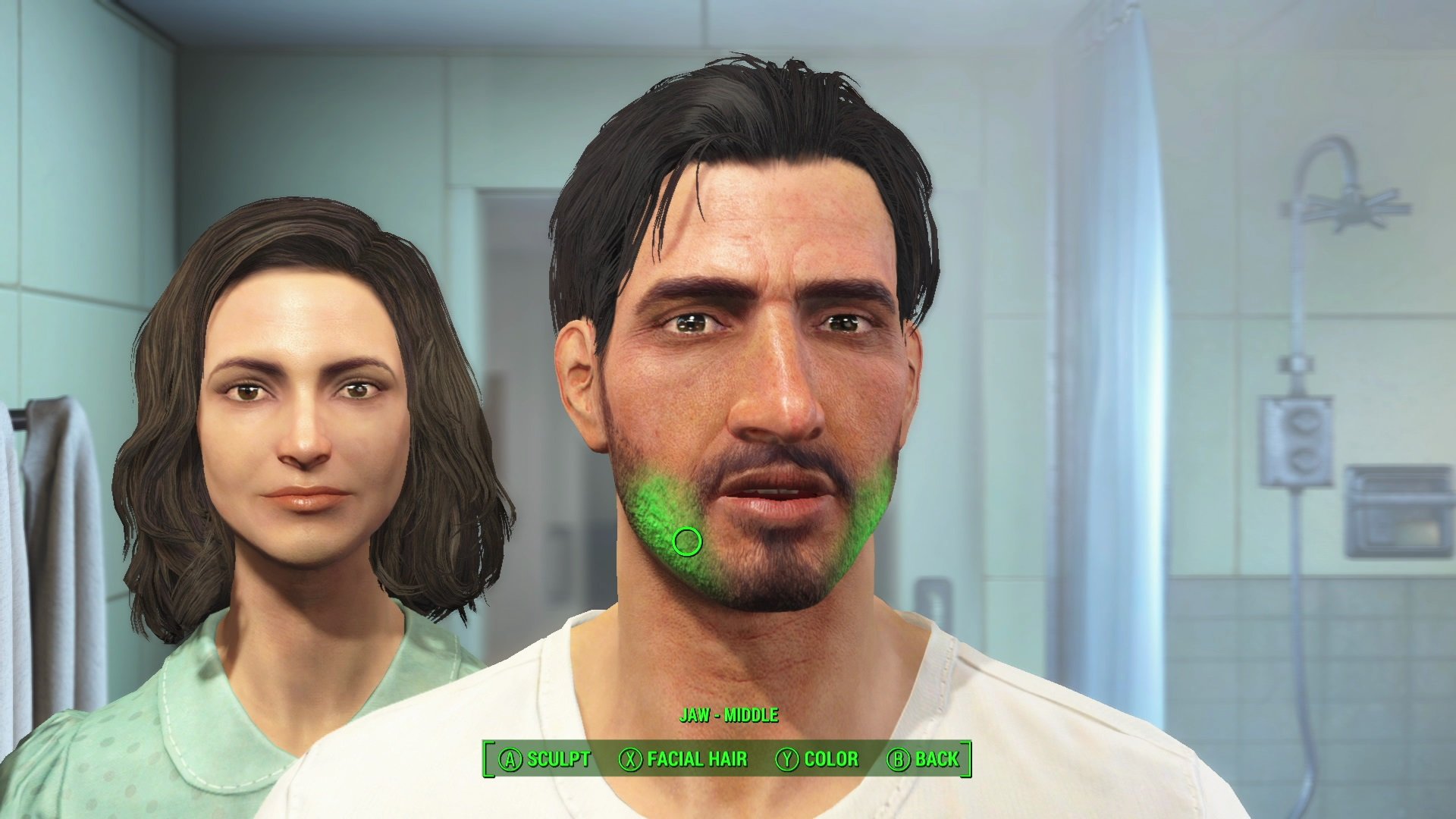
-
fallout-4 #2
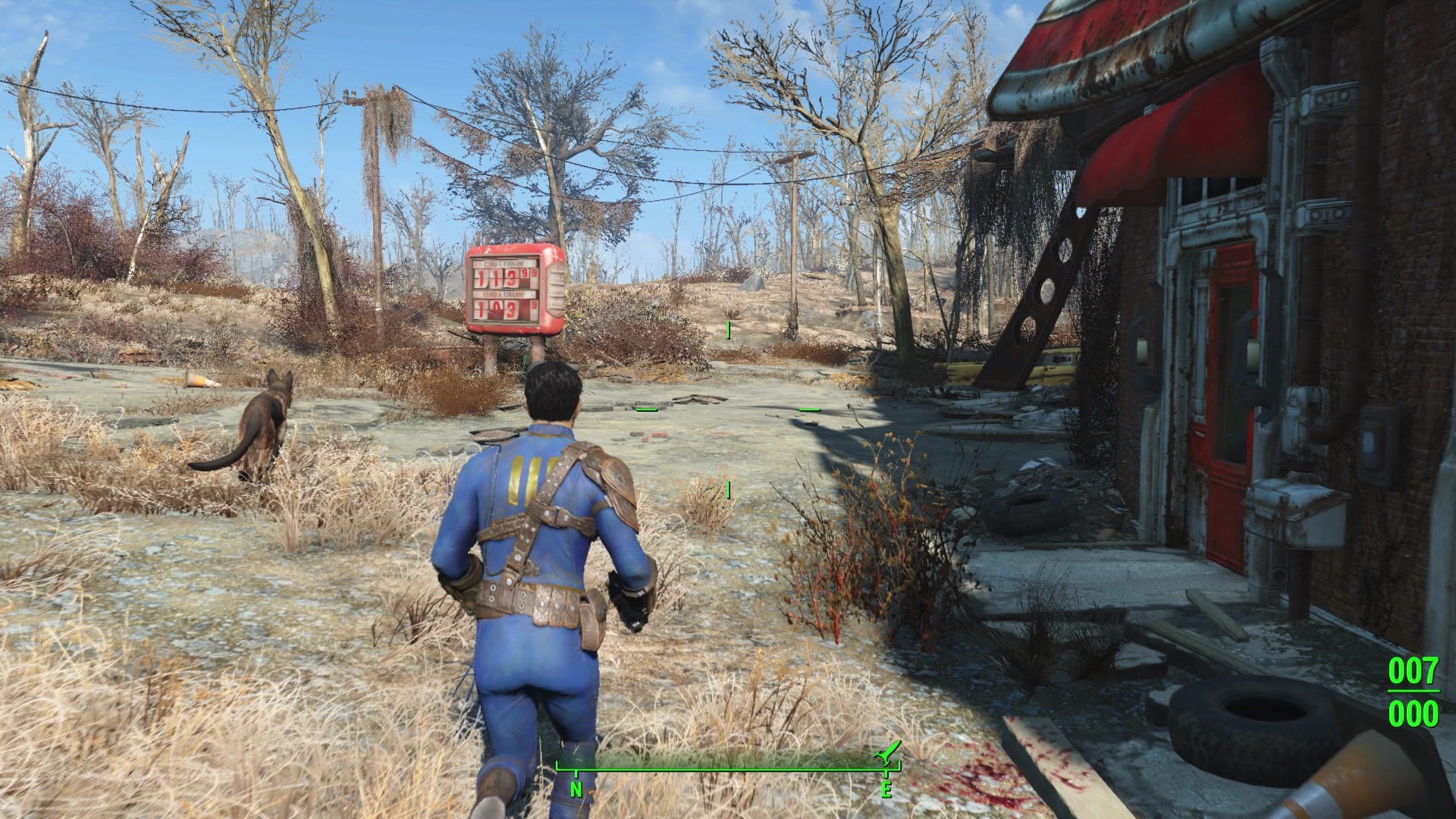
-
fallout-4 #3
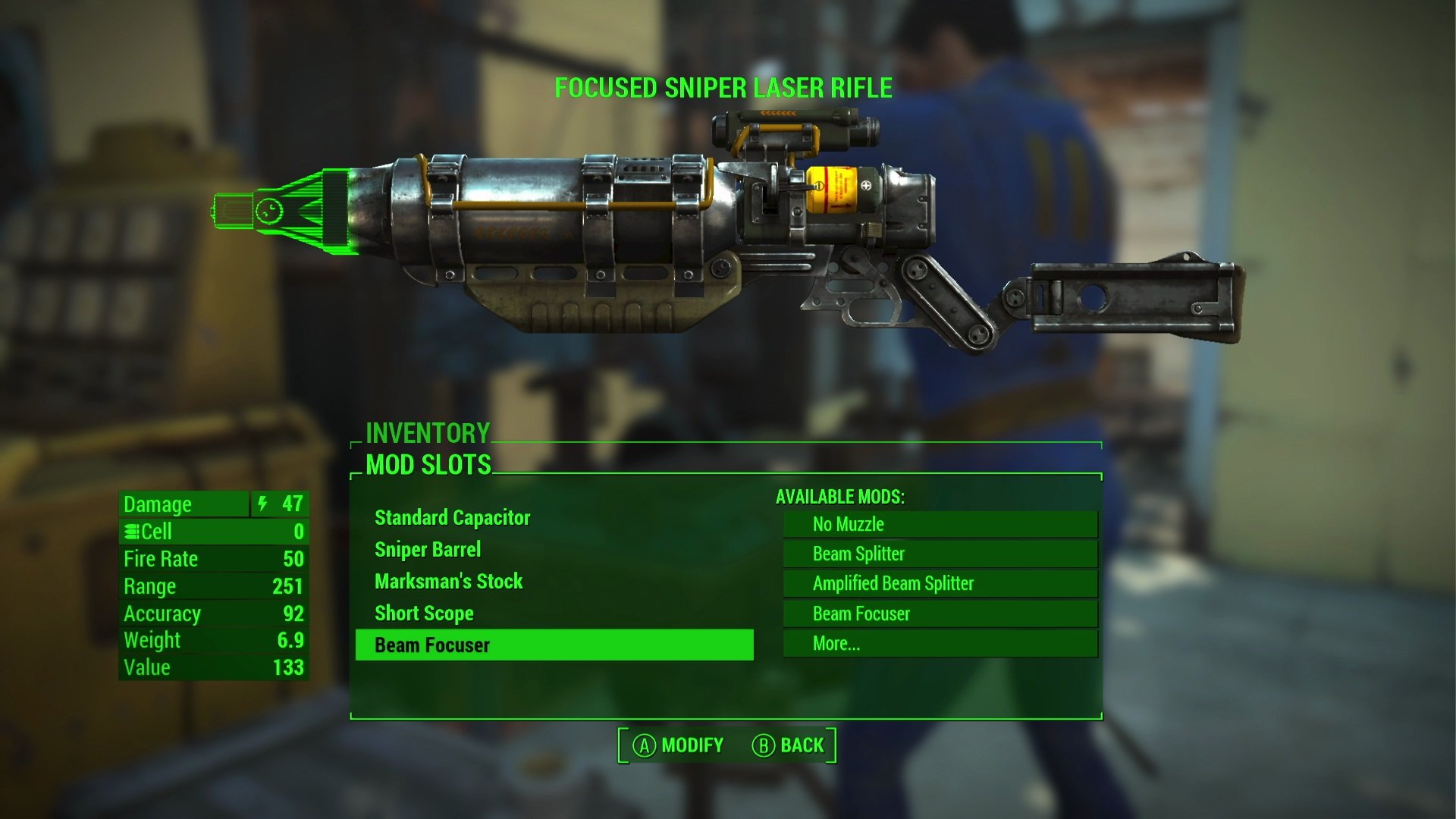
-
fallout-4 #4
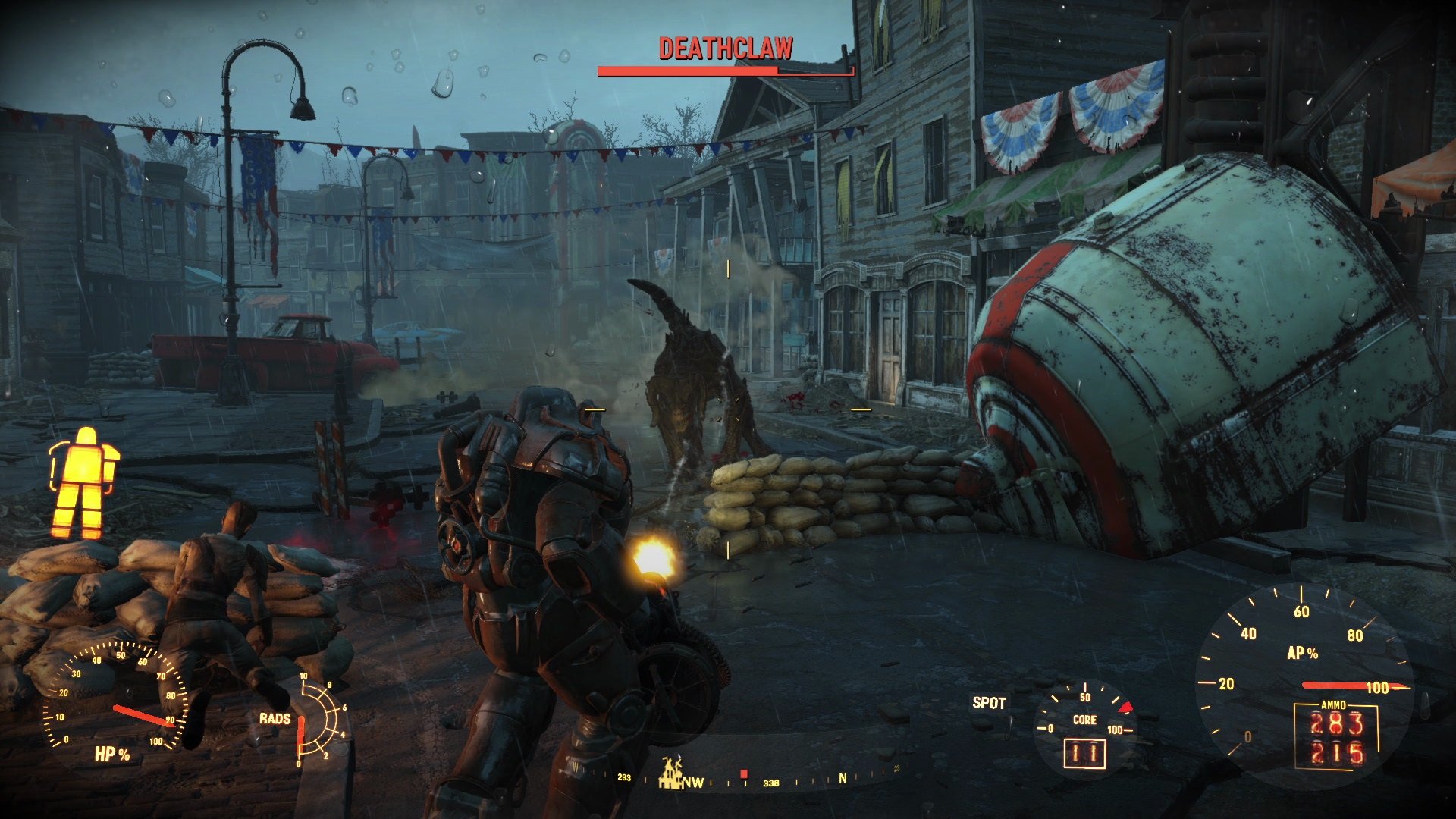
-
fallout-4 #5
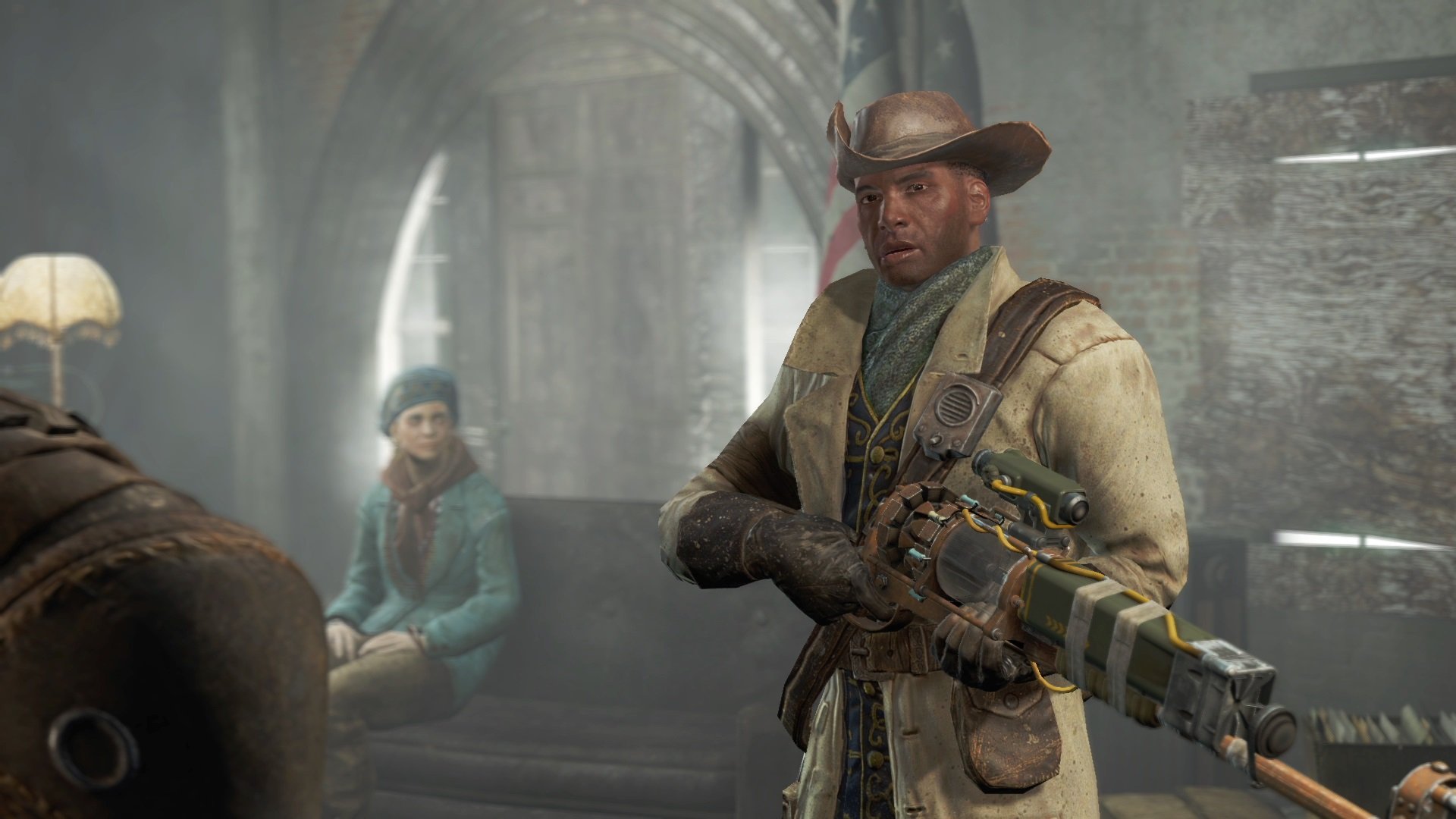
-
fallout-4 #6
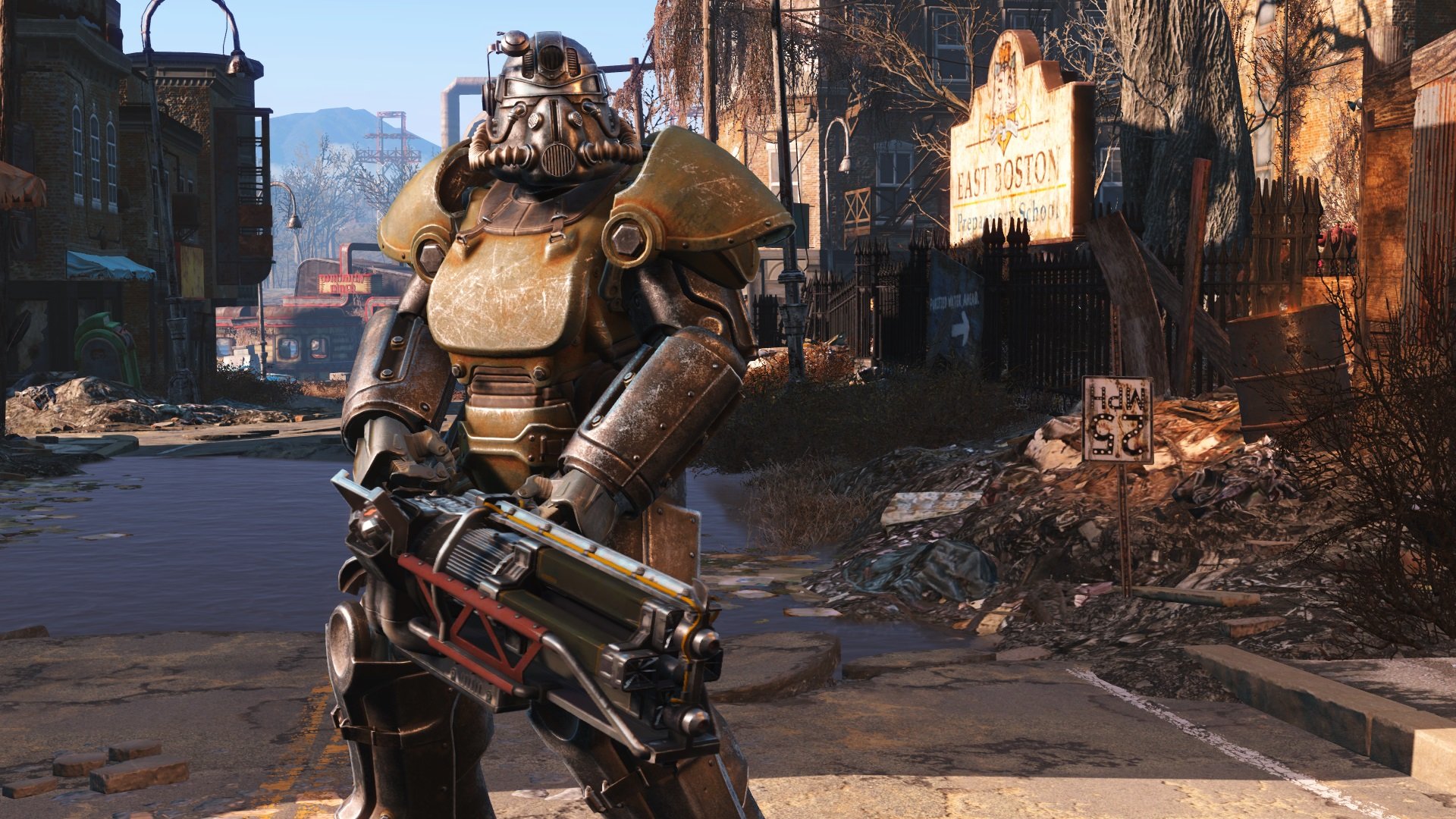
-
fallout-4 #7
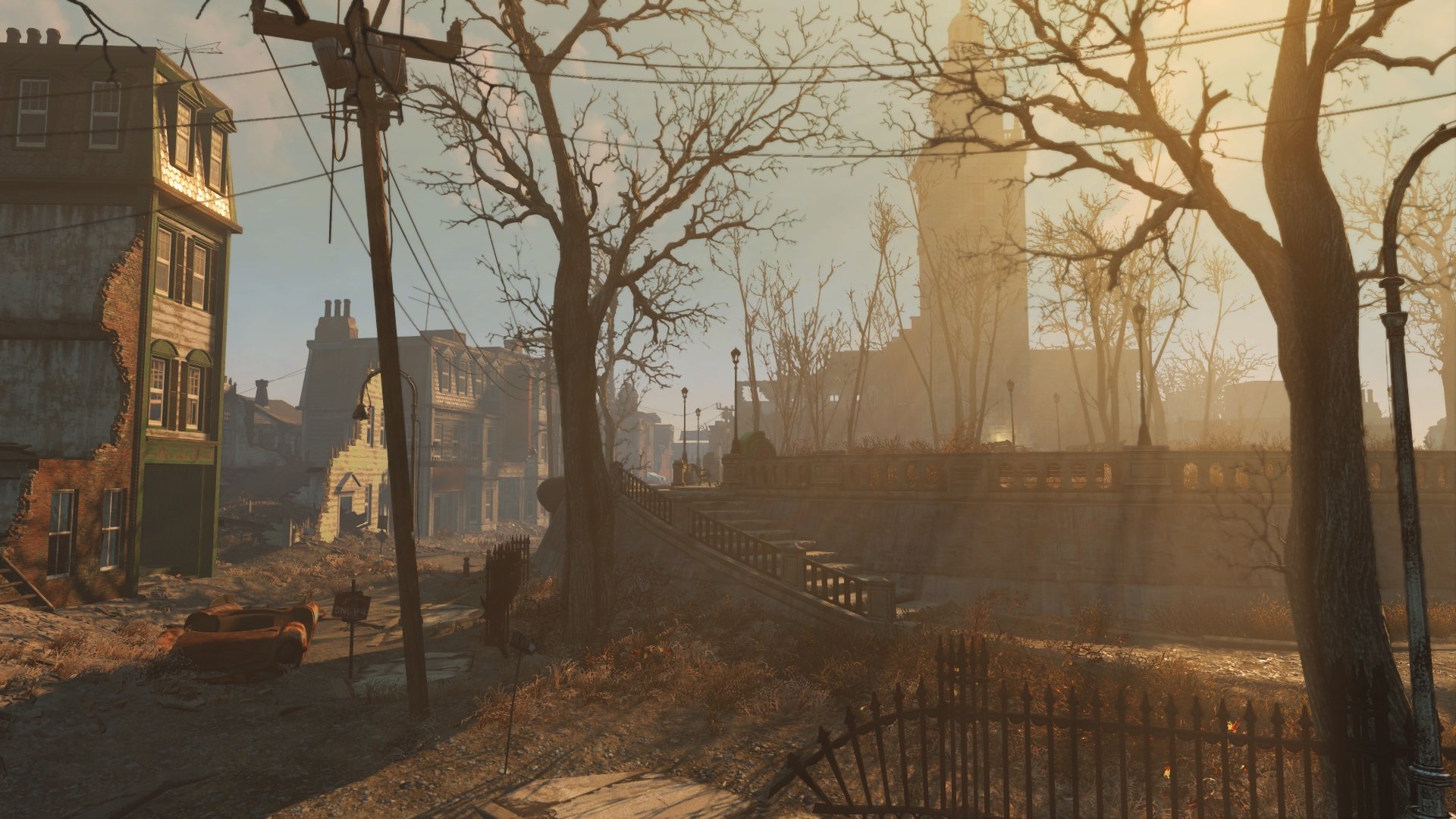
-
fallout-4 #8
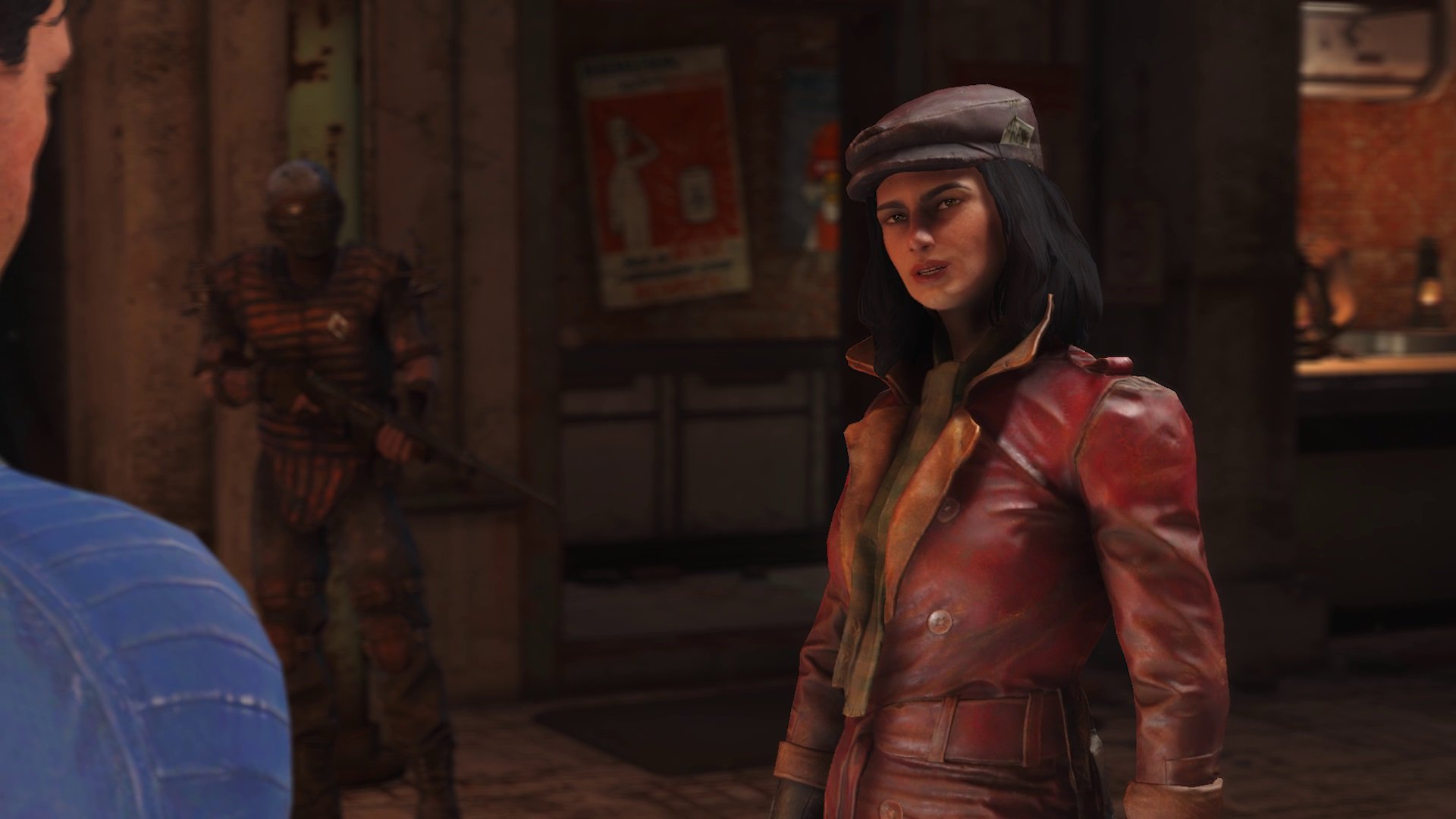
-
fallout-4 #9
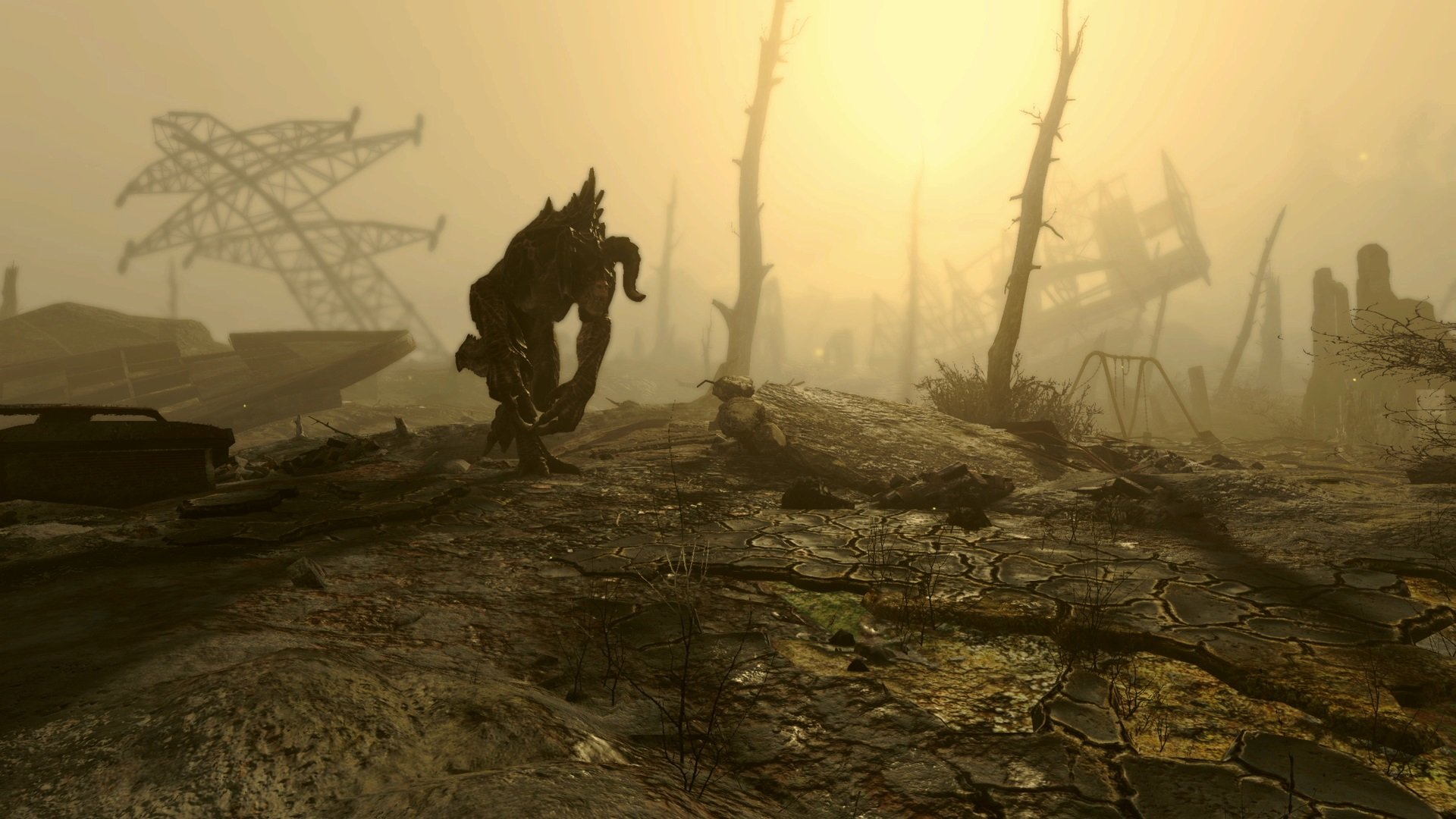
-
fallout-4 #10
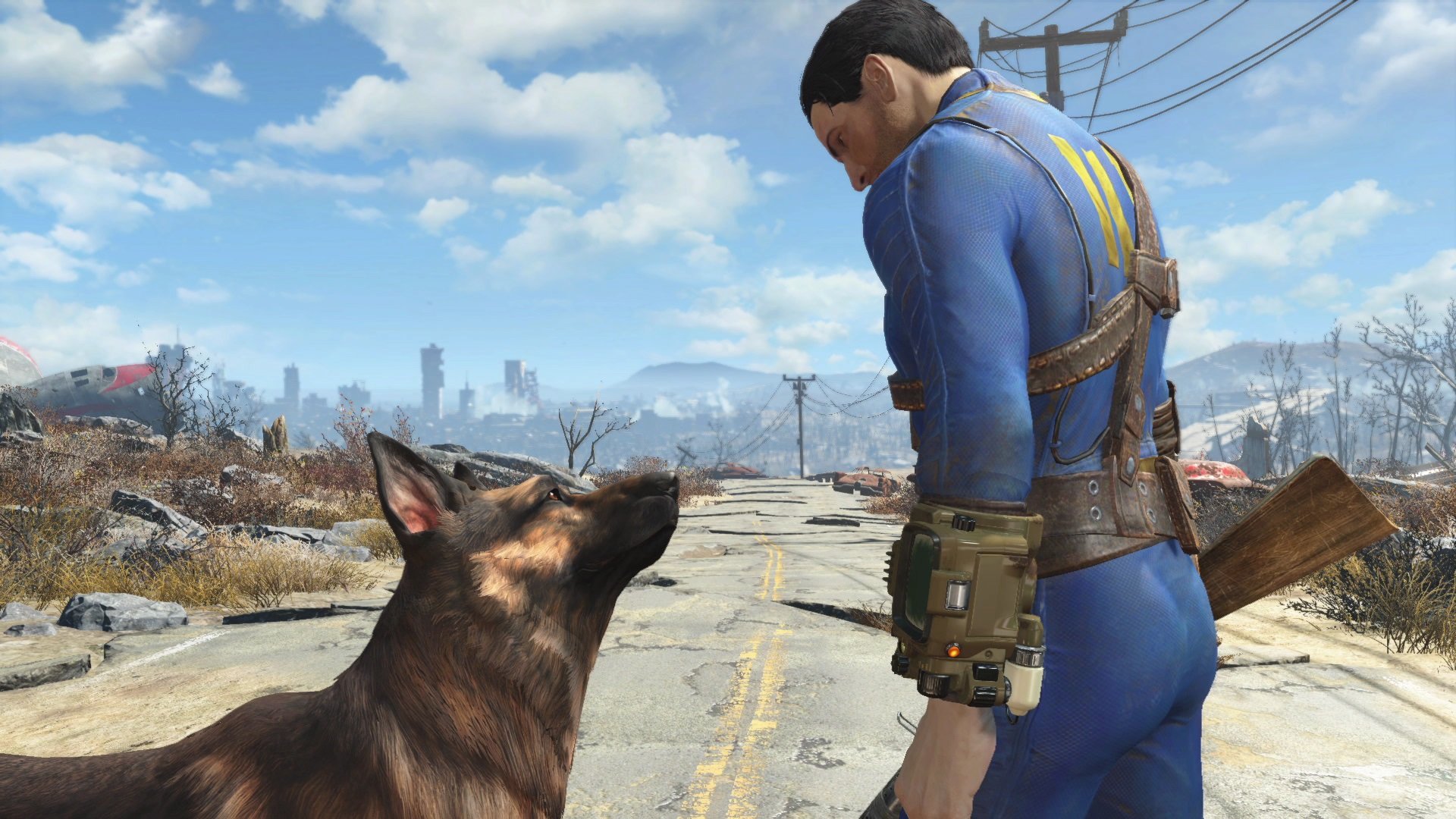
-
fallout-4 #11
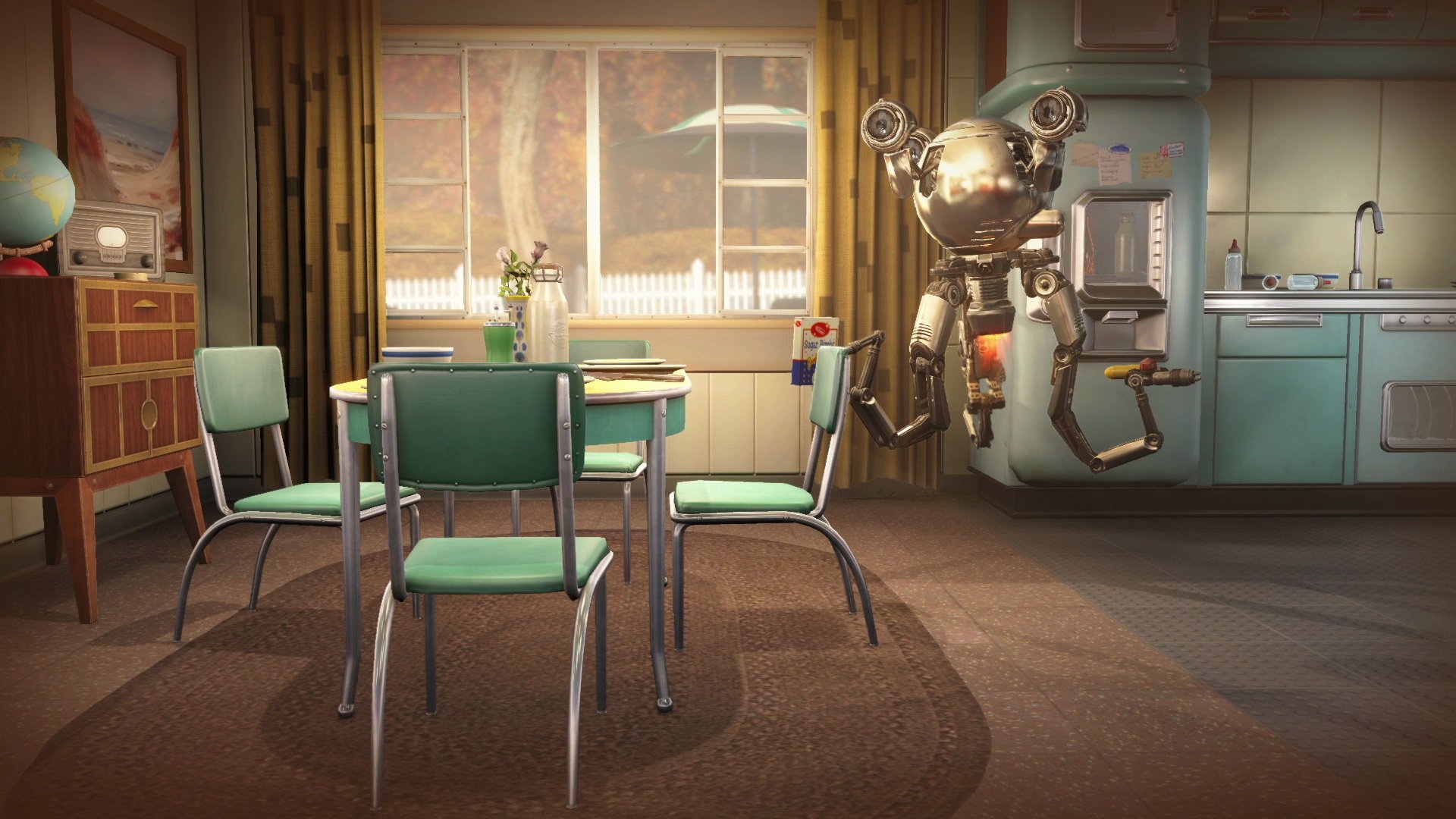
-
fallout-4 #12
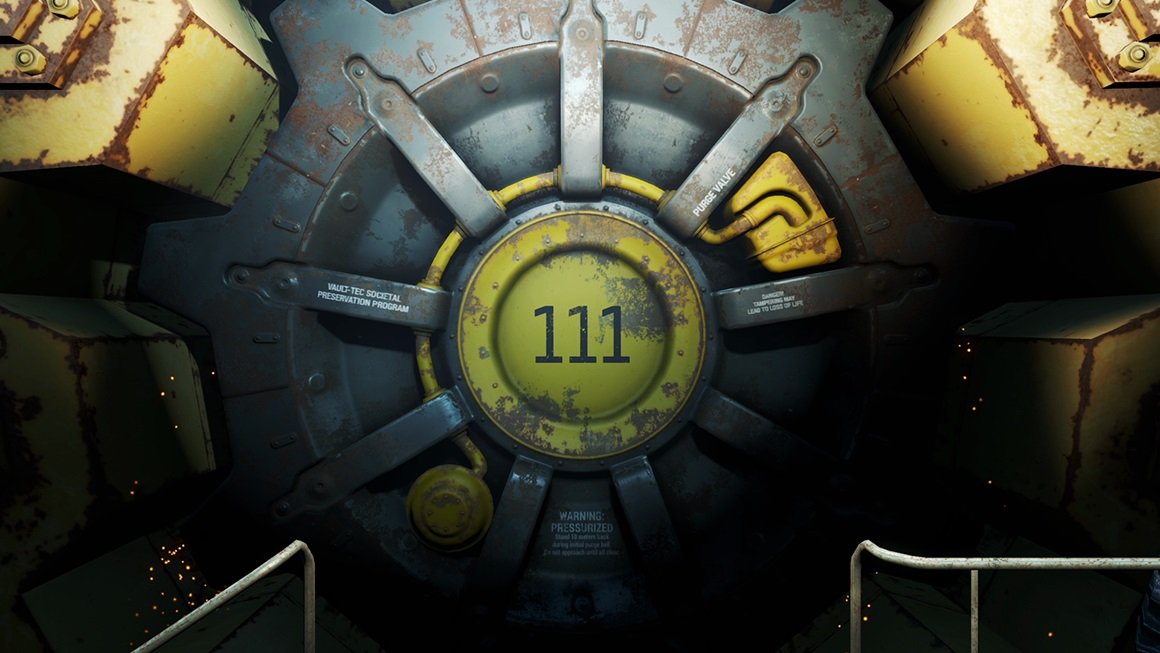
-
fallout-4 #13
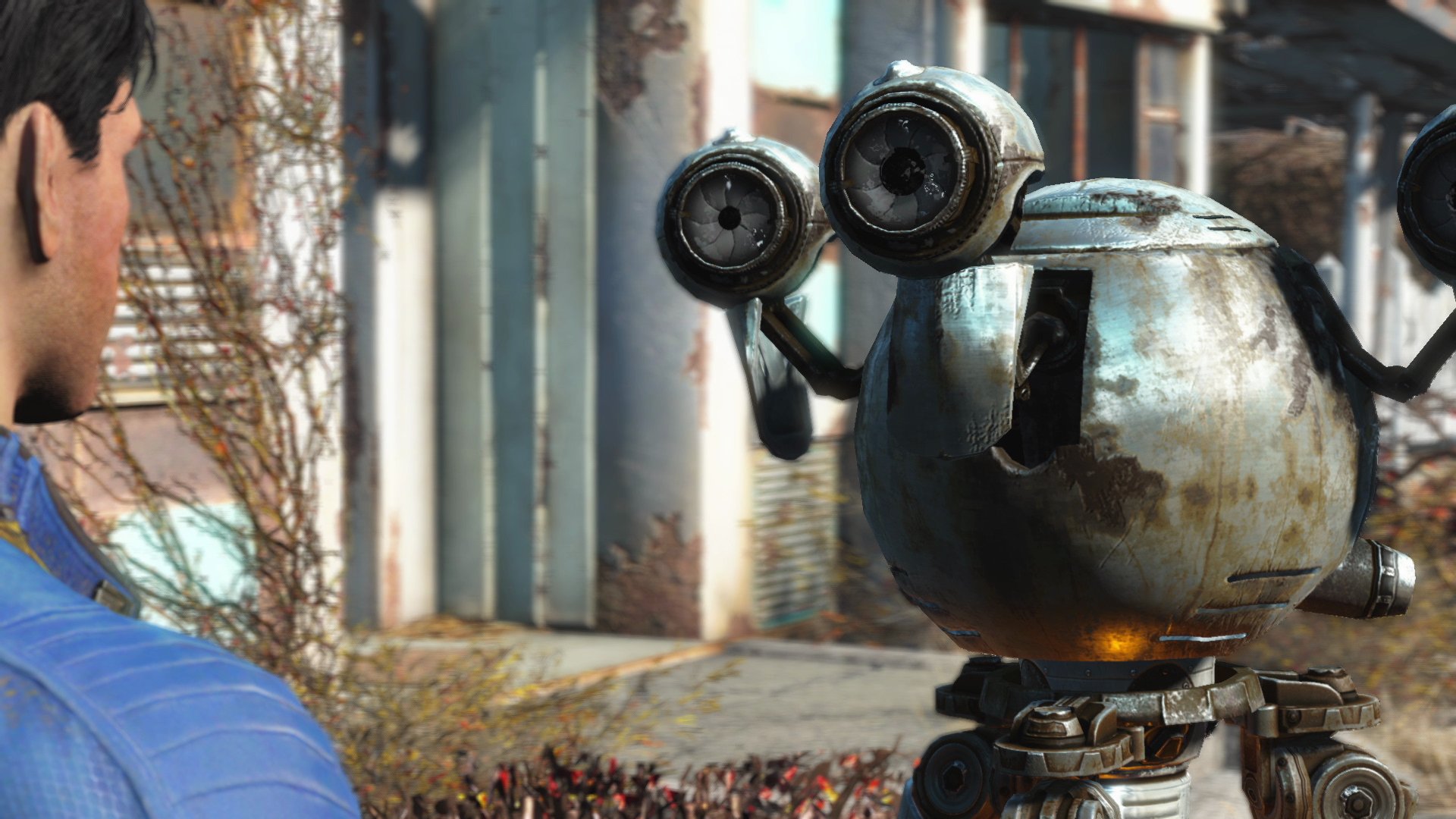
-
fallout-4 #14
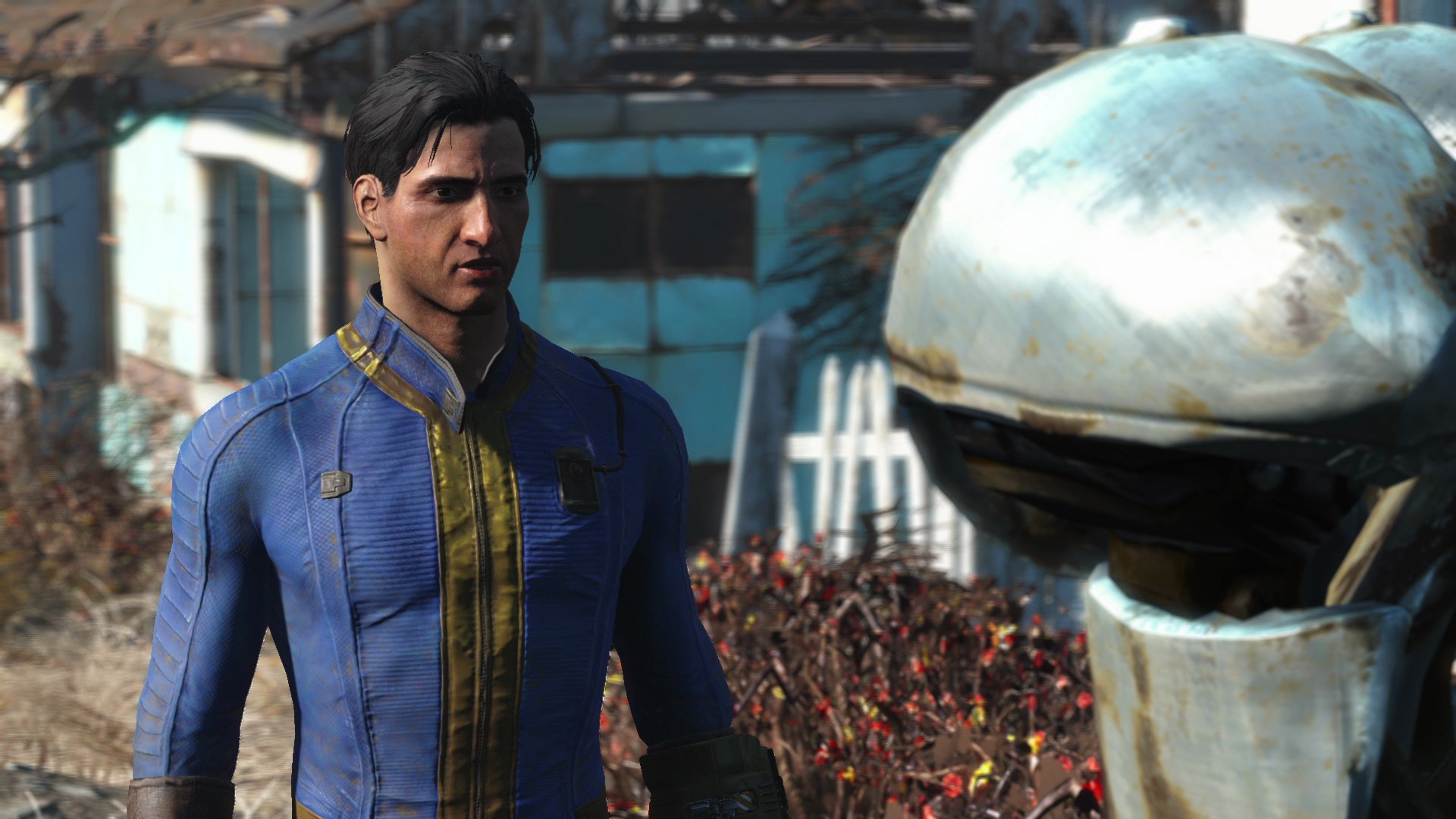
-
fallout-4 #15
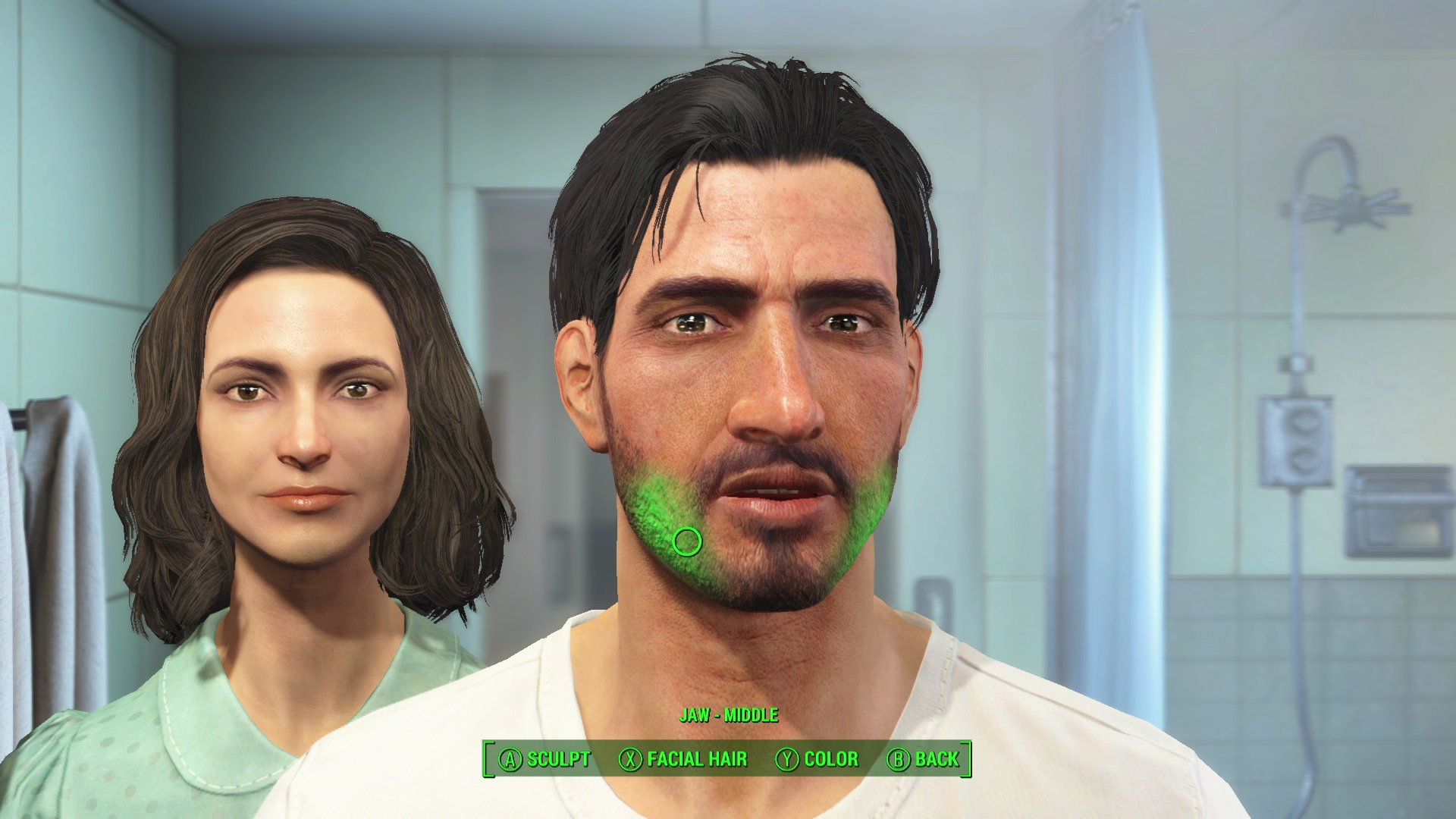
-
fallout-4 #16

-
fallout-4 #17
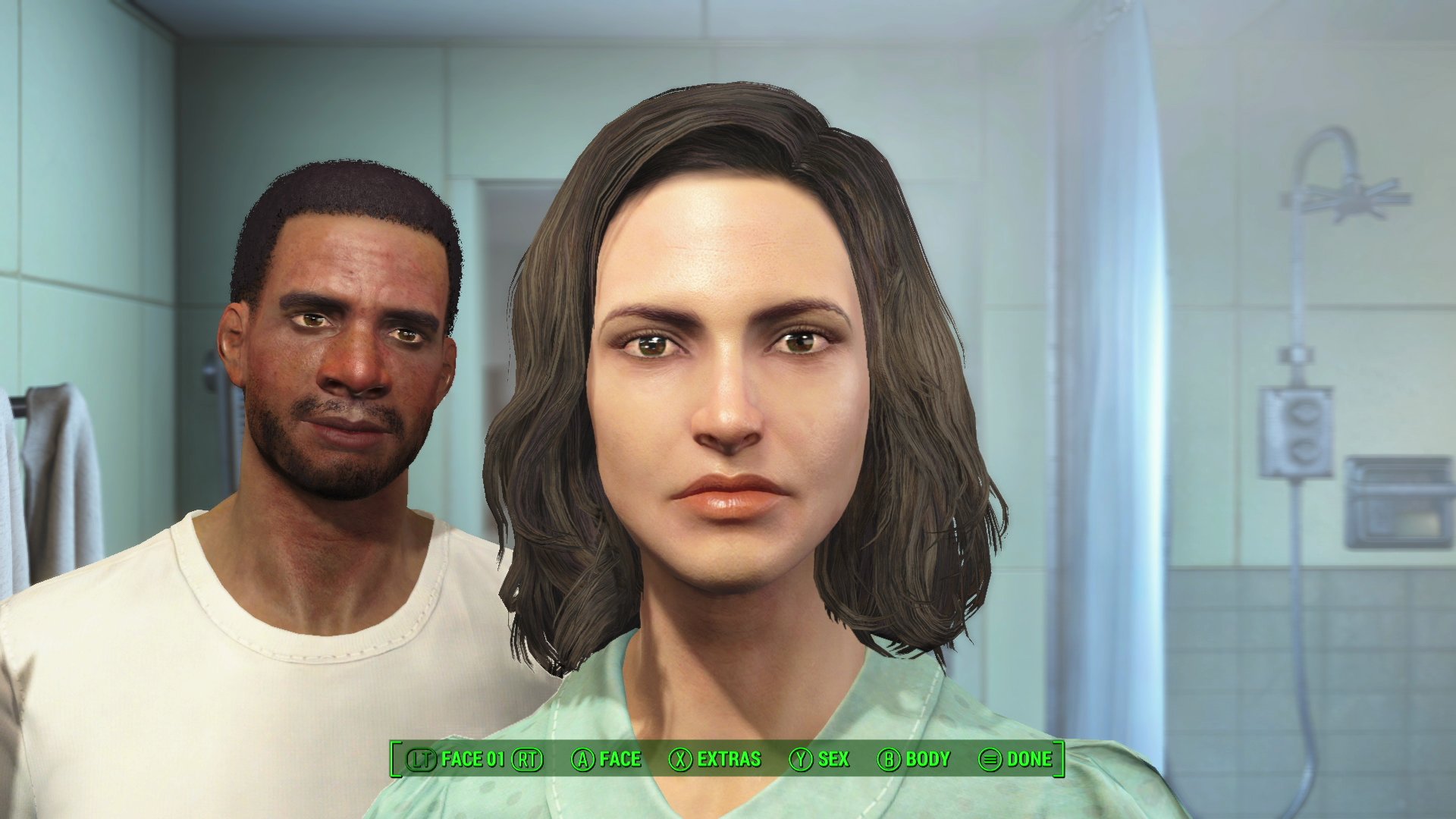
-
fallout-4 #18
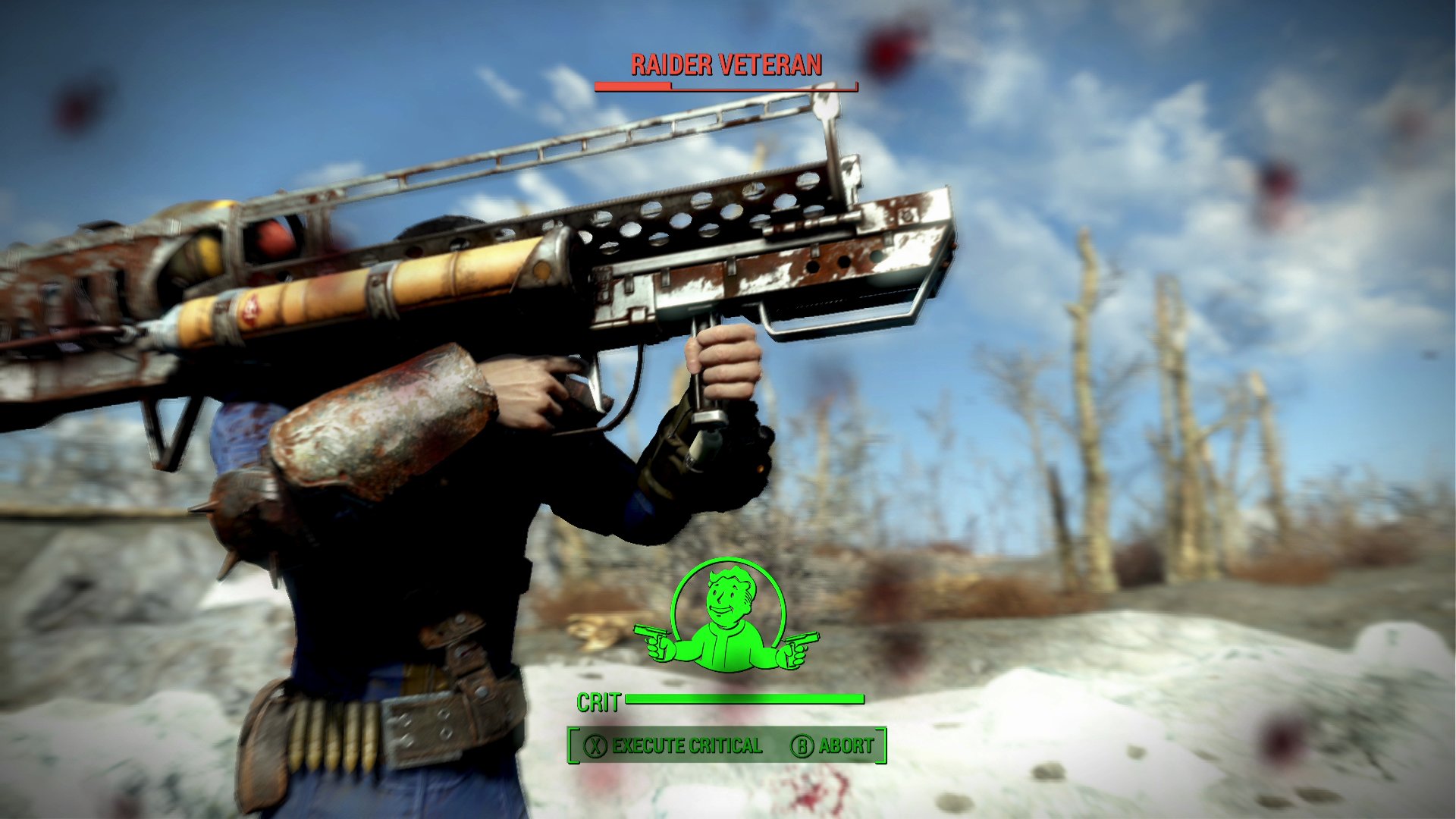
-
fallout-4 #19
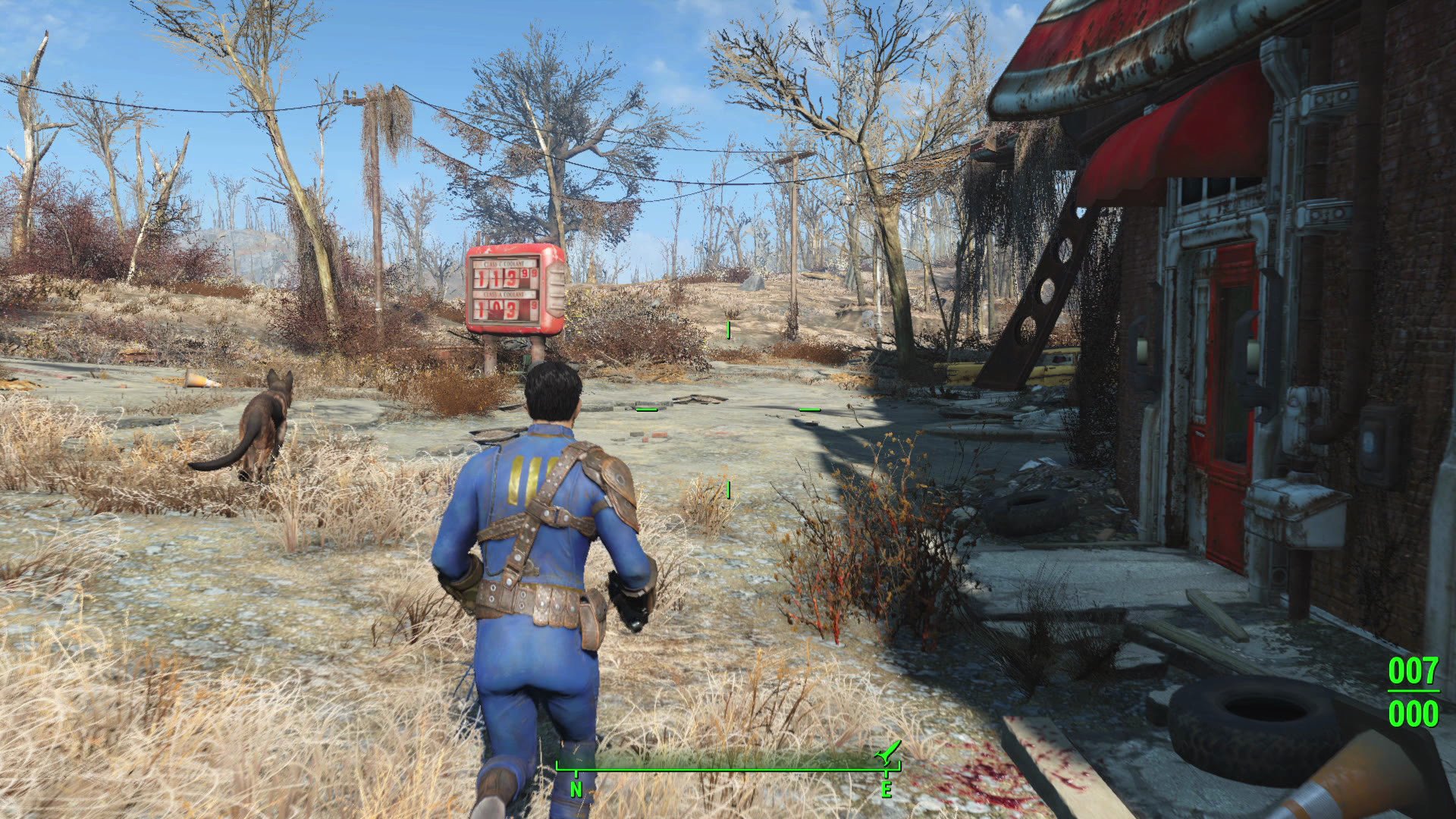
-
fallout-4 #20
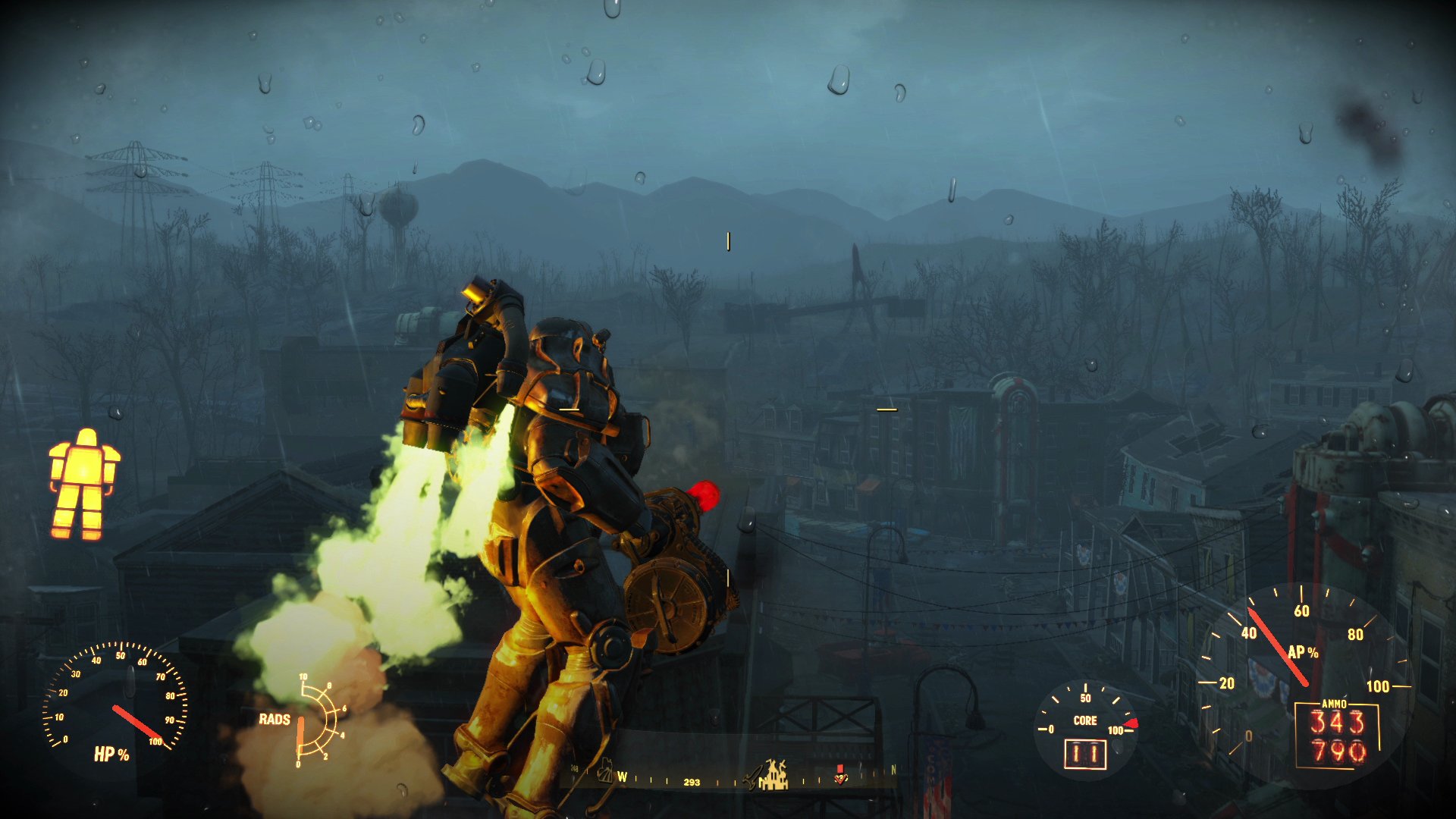
-
fallout-4 #21
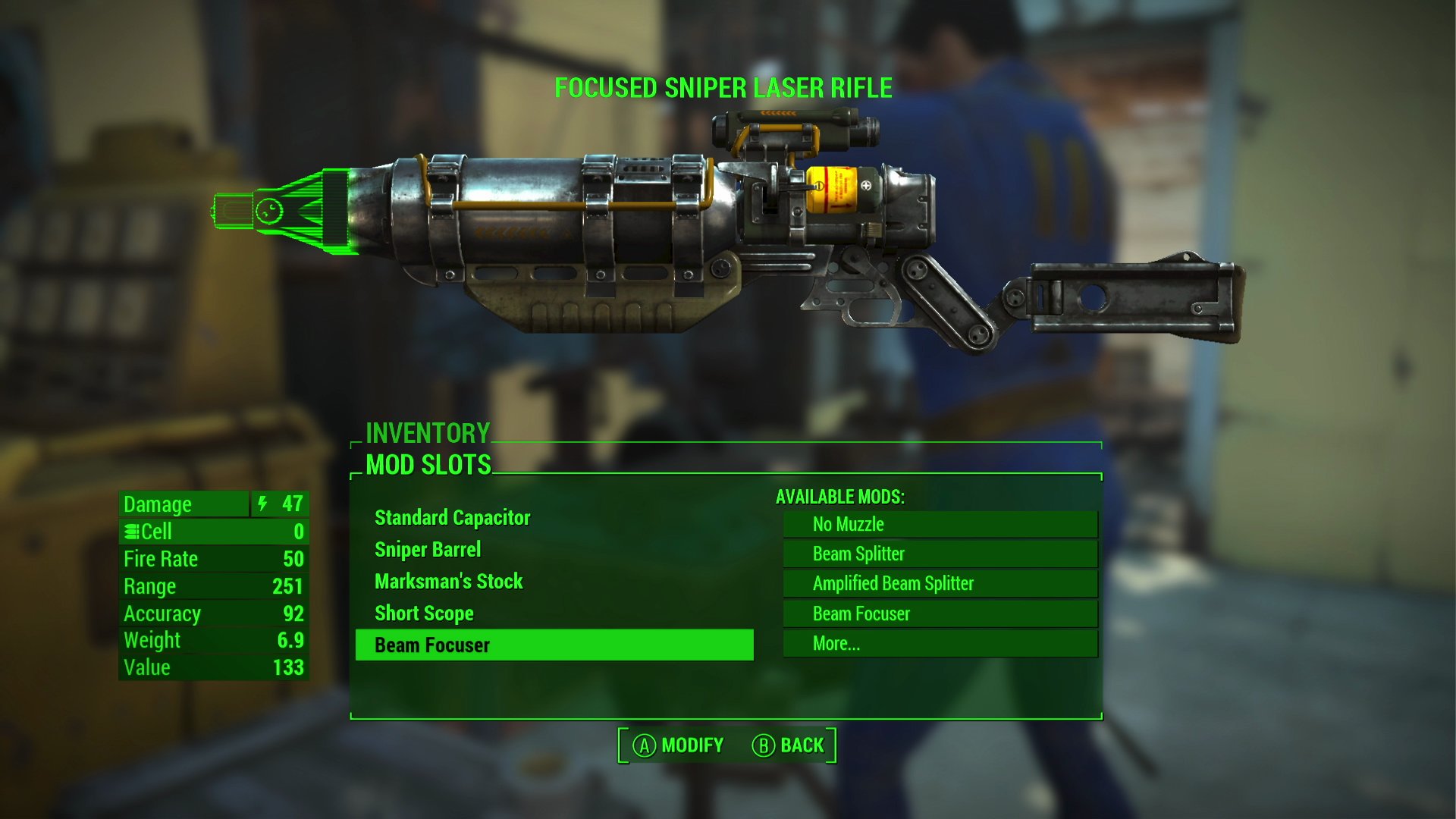
-
fallout-4 #22
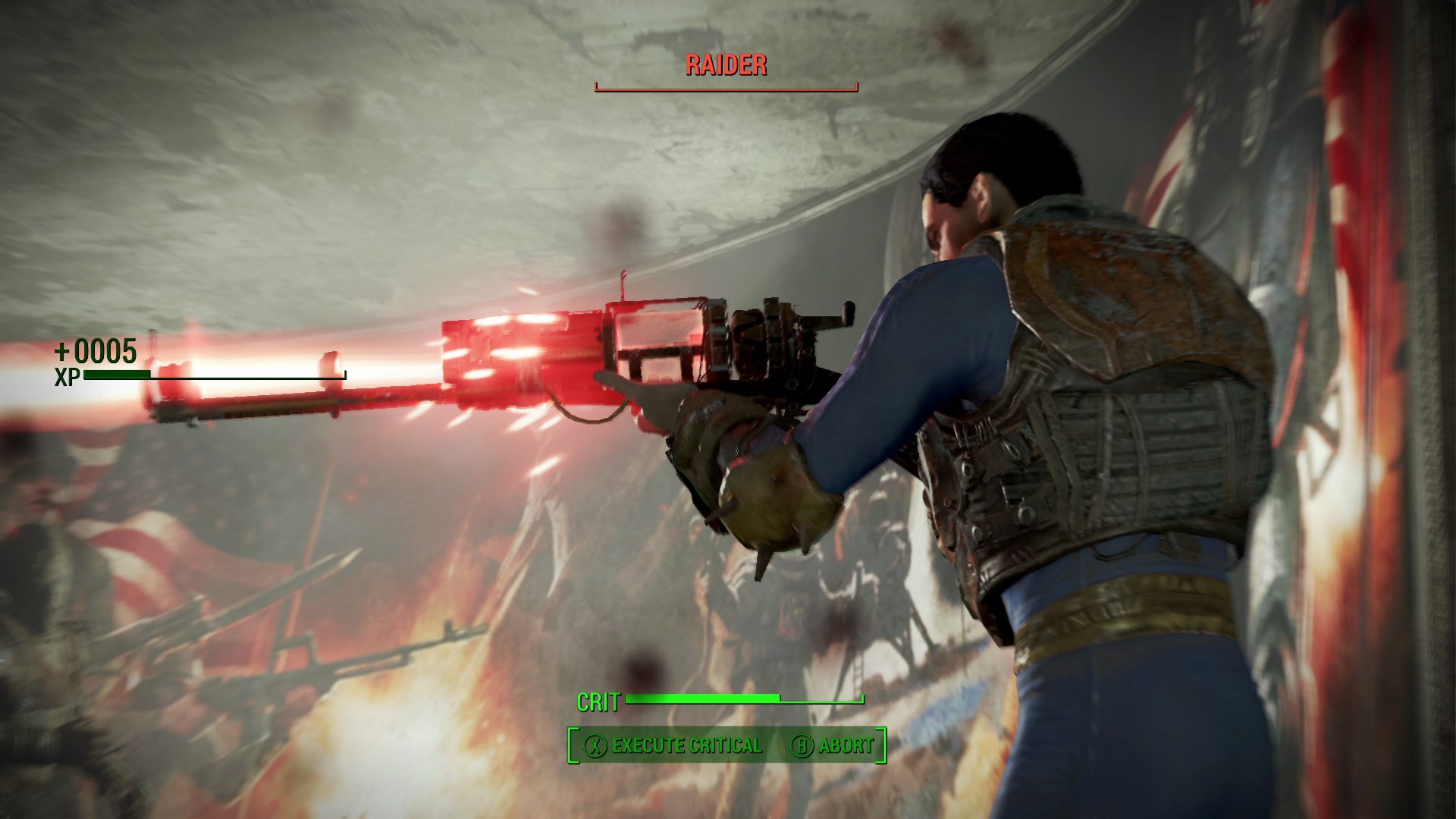
-
fallout-4 #23

-
fallout-4 #24
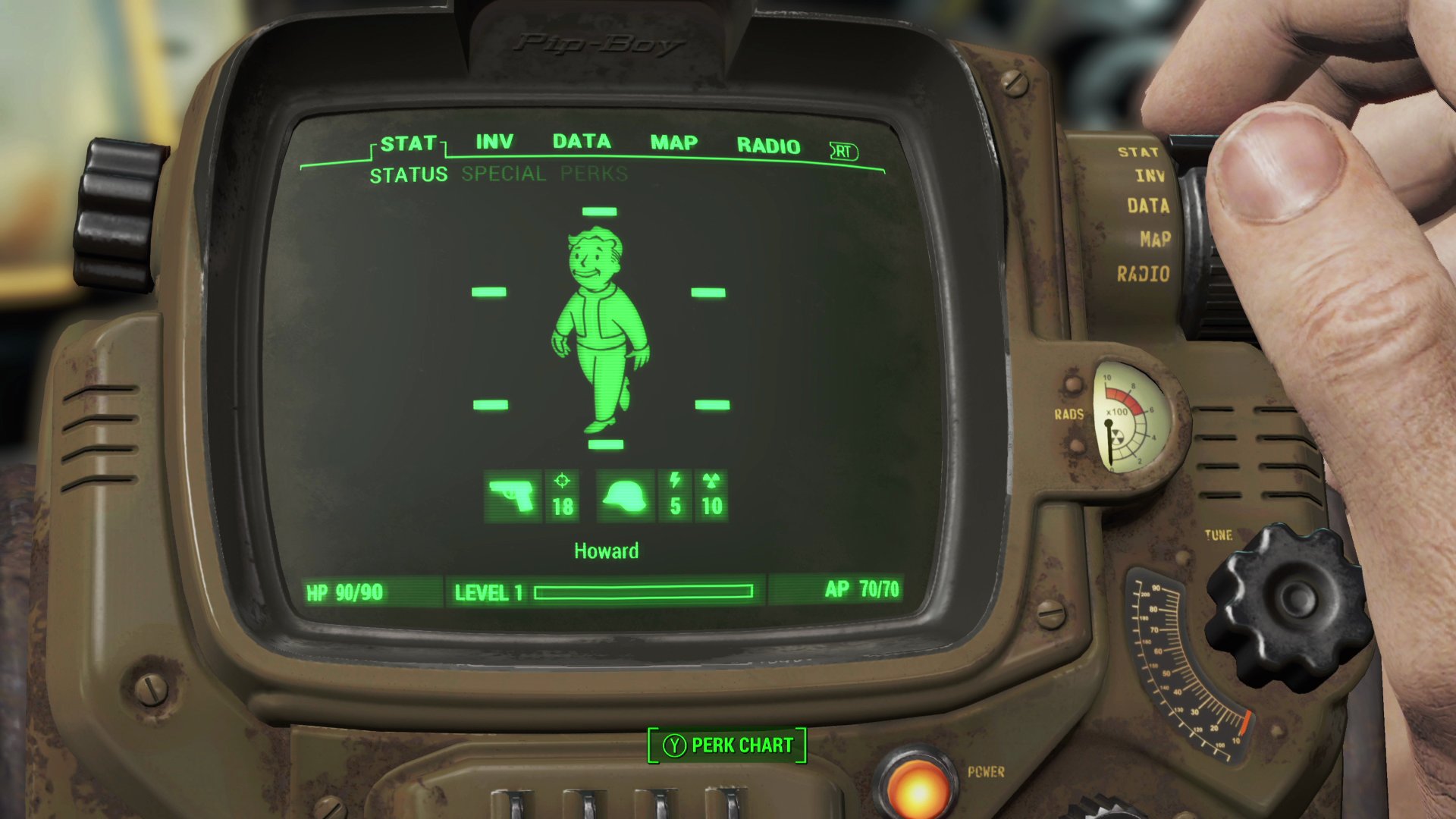
-
fallout-4 #25

-
fallout-4 #26
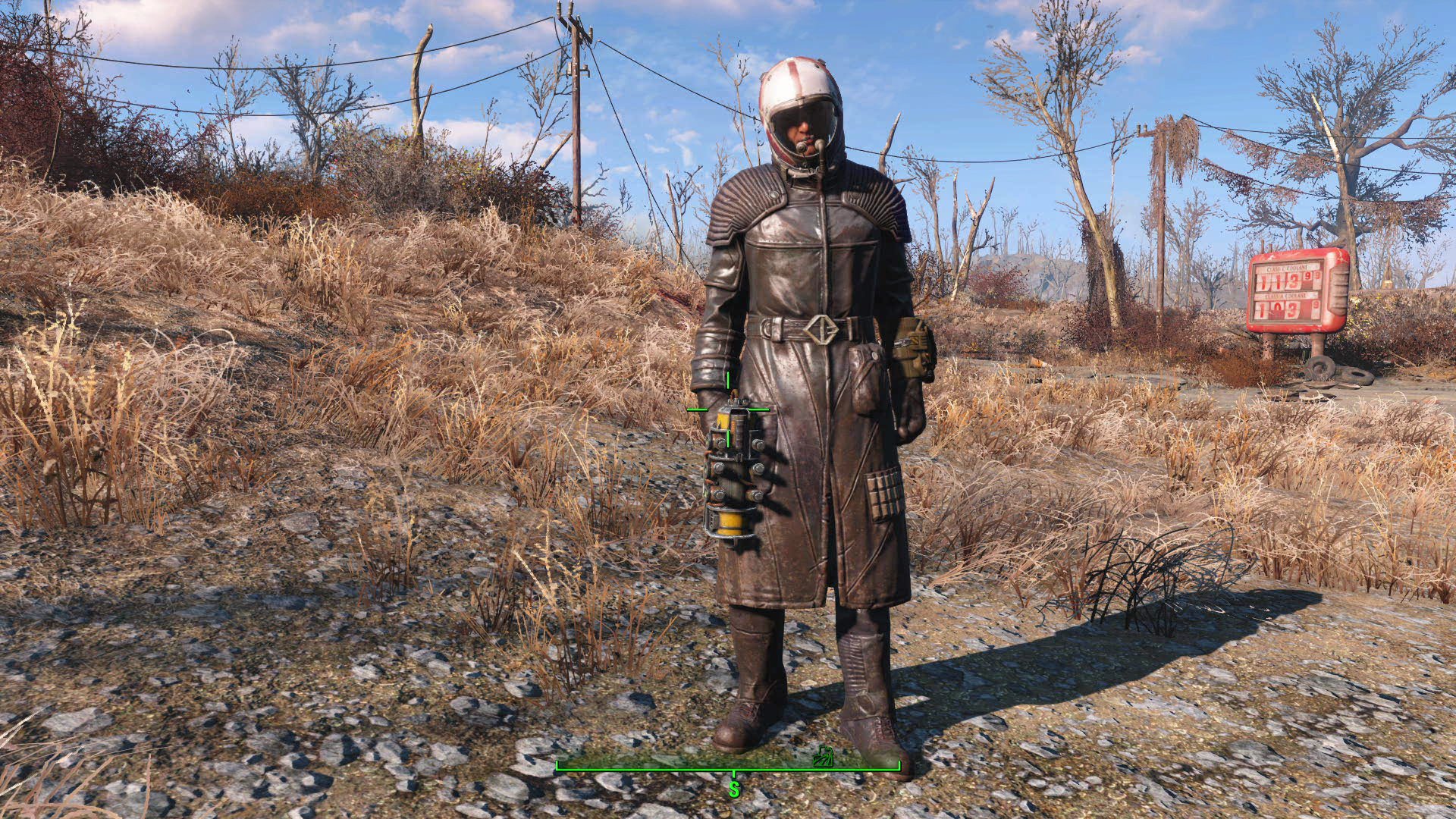
-
fallout-4 #27
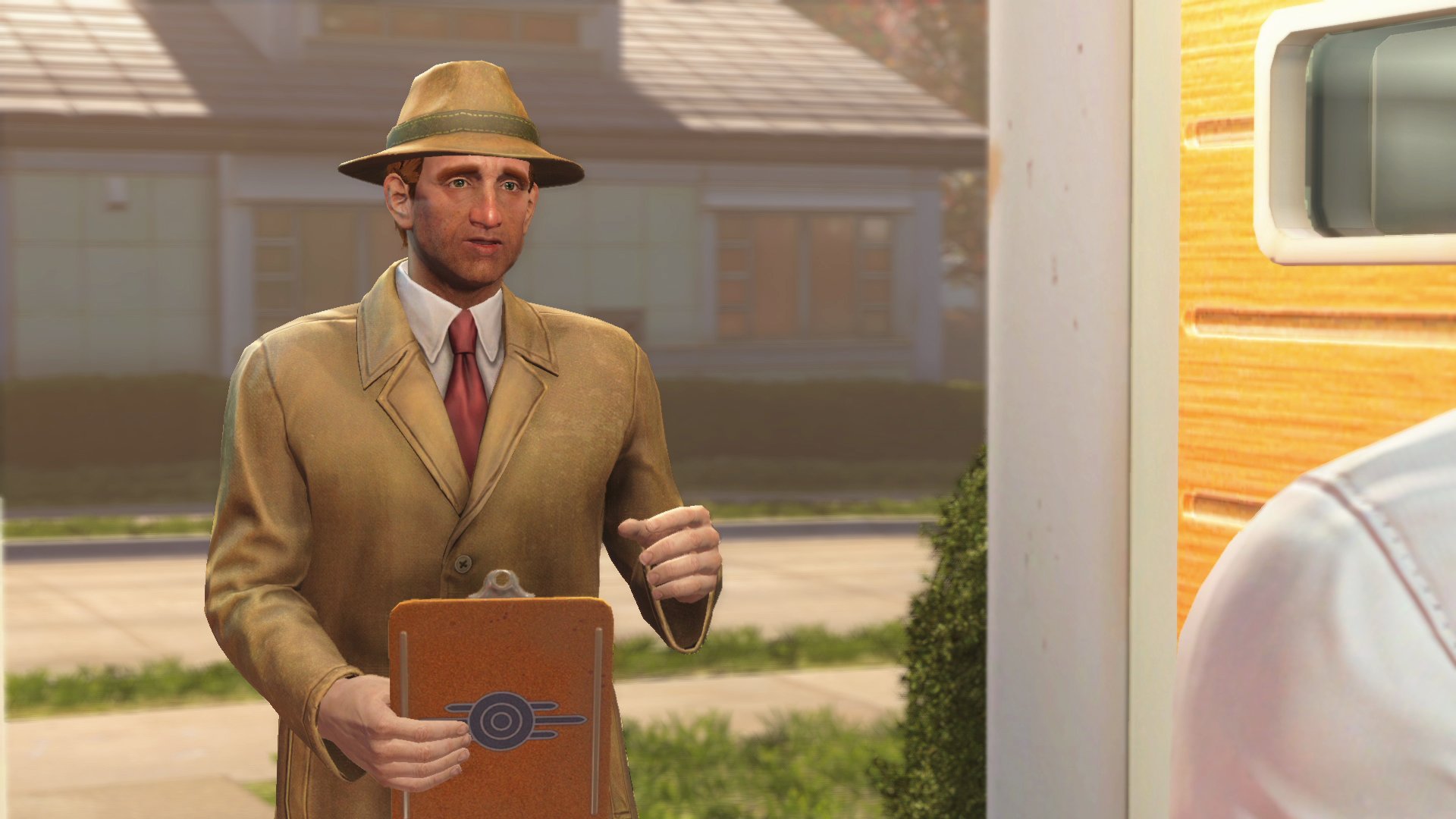
-
fallout-4 #28
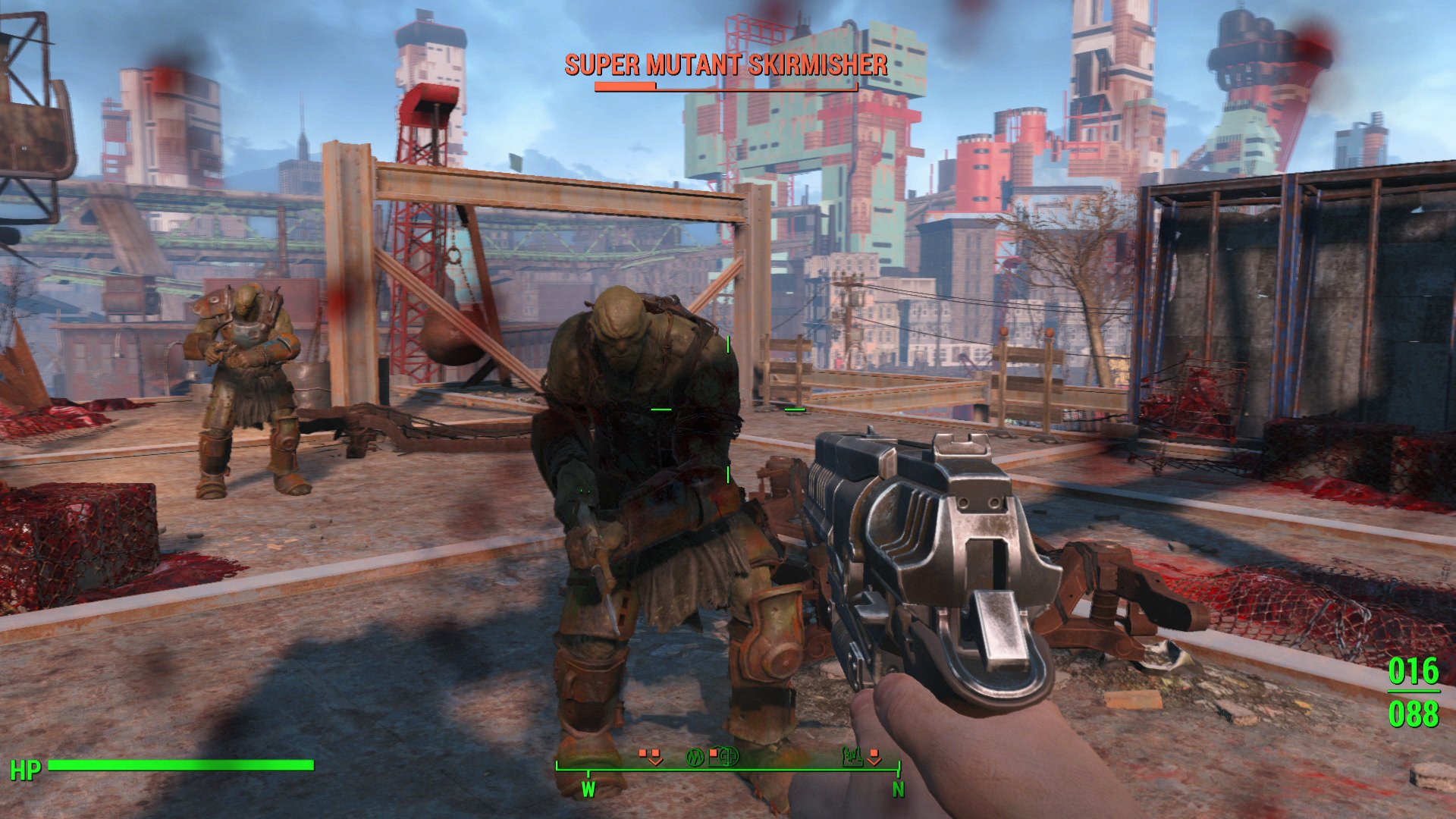
-
fallout-4 #29
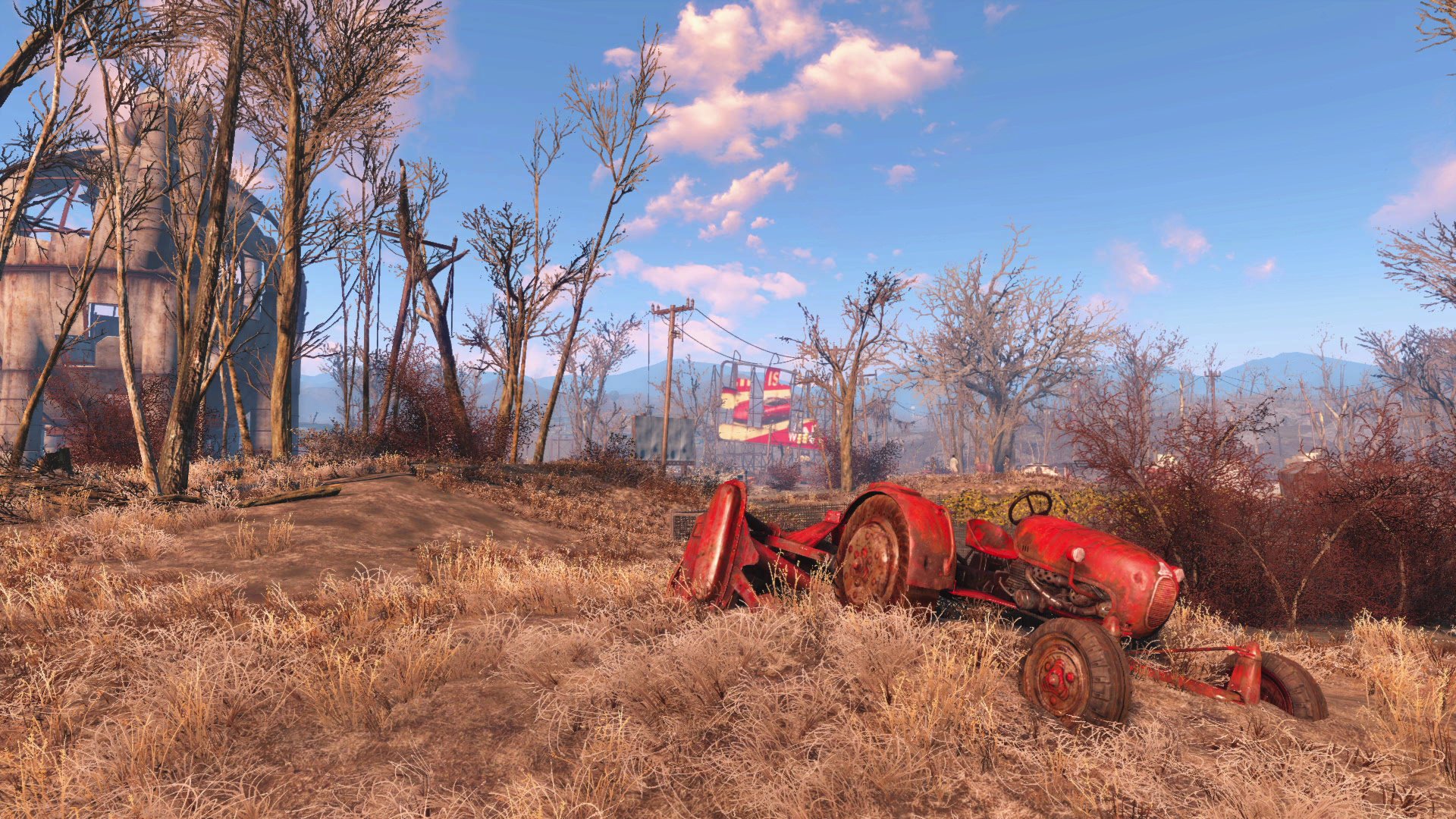
-
fallout-4 #30
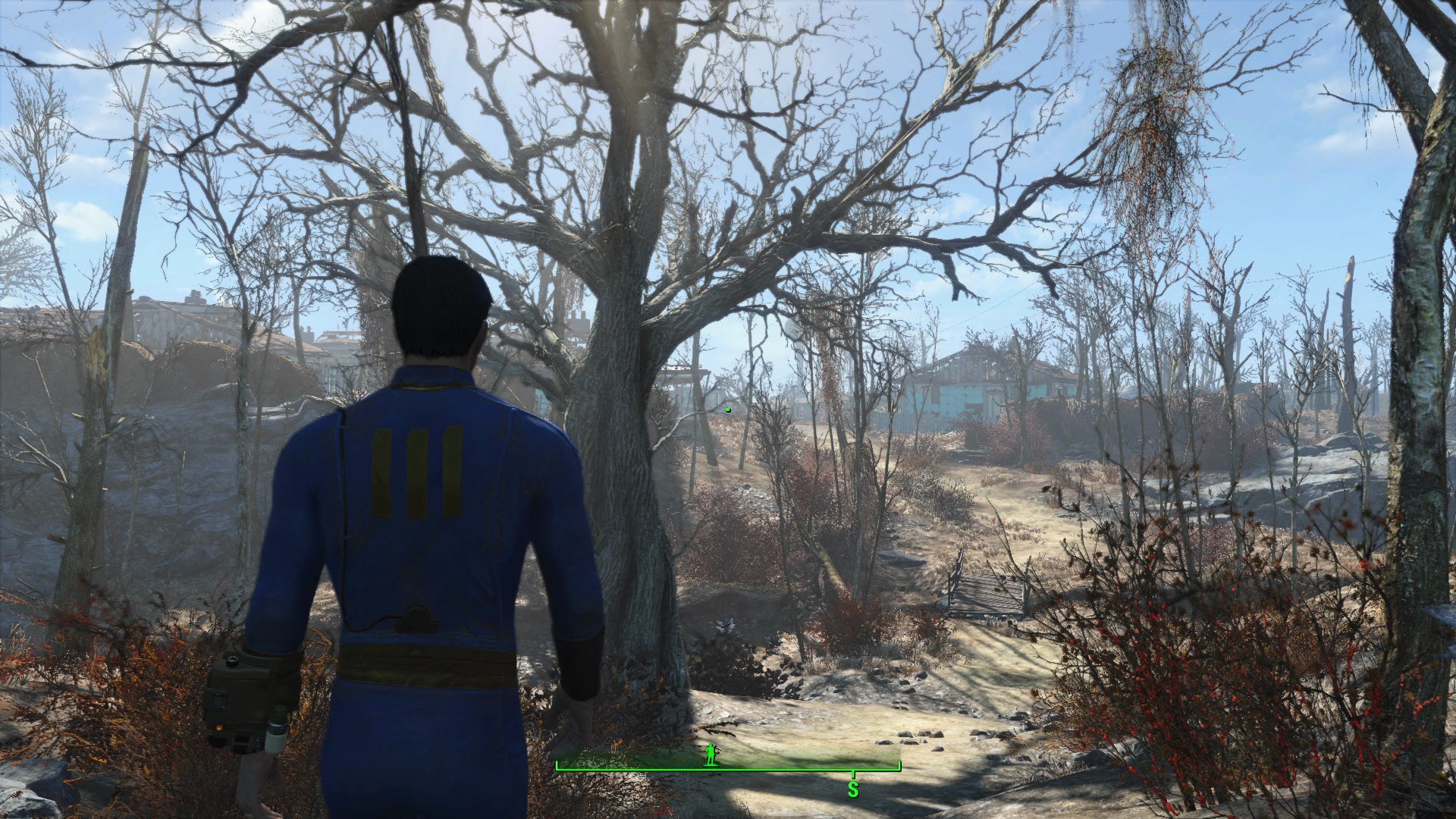
-
fallout-4 #31
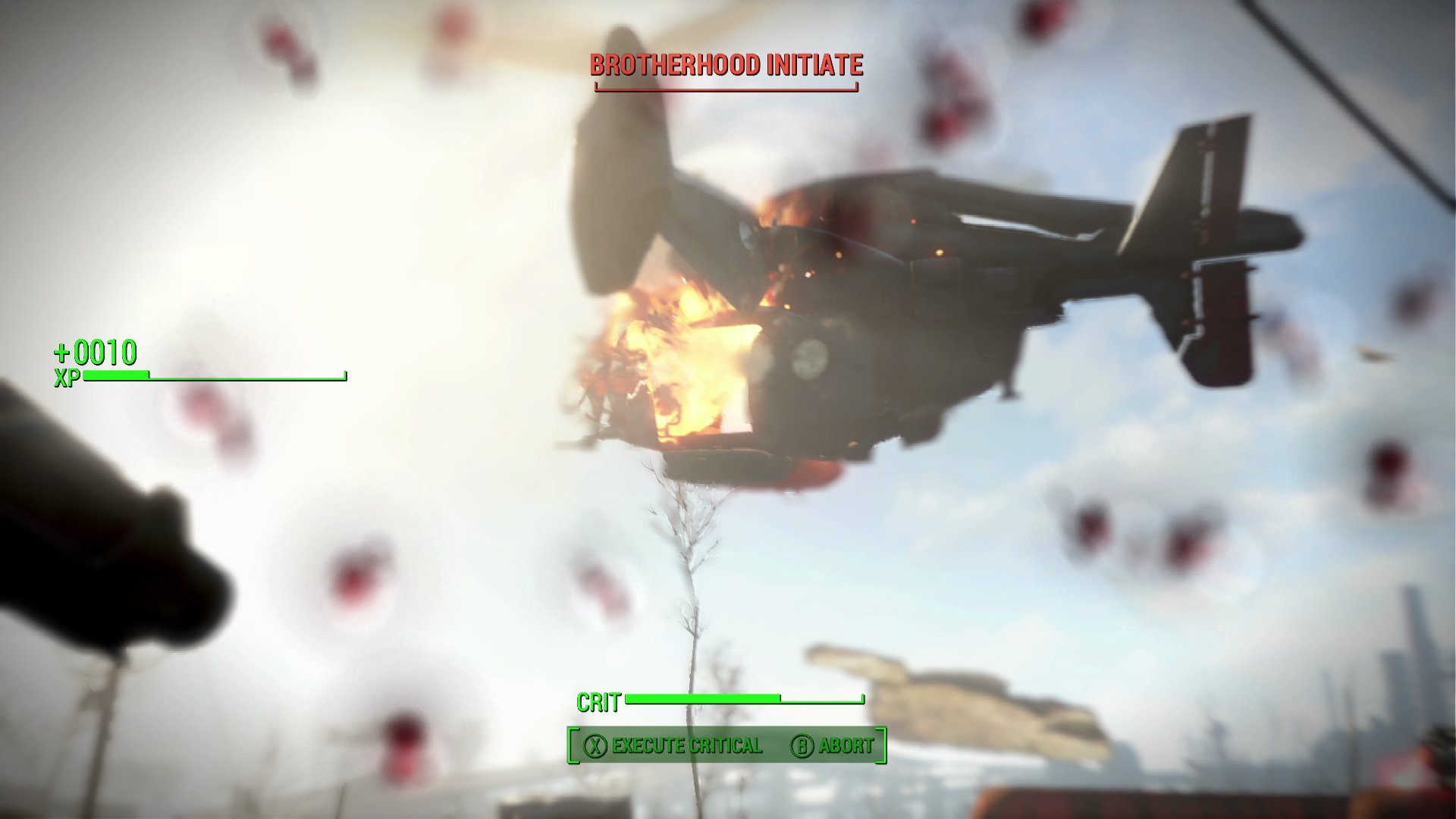
-
fallout-4 #32
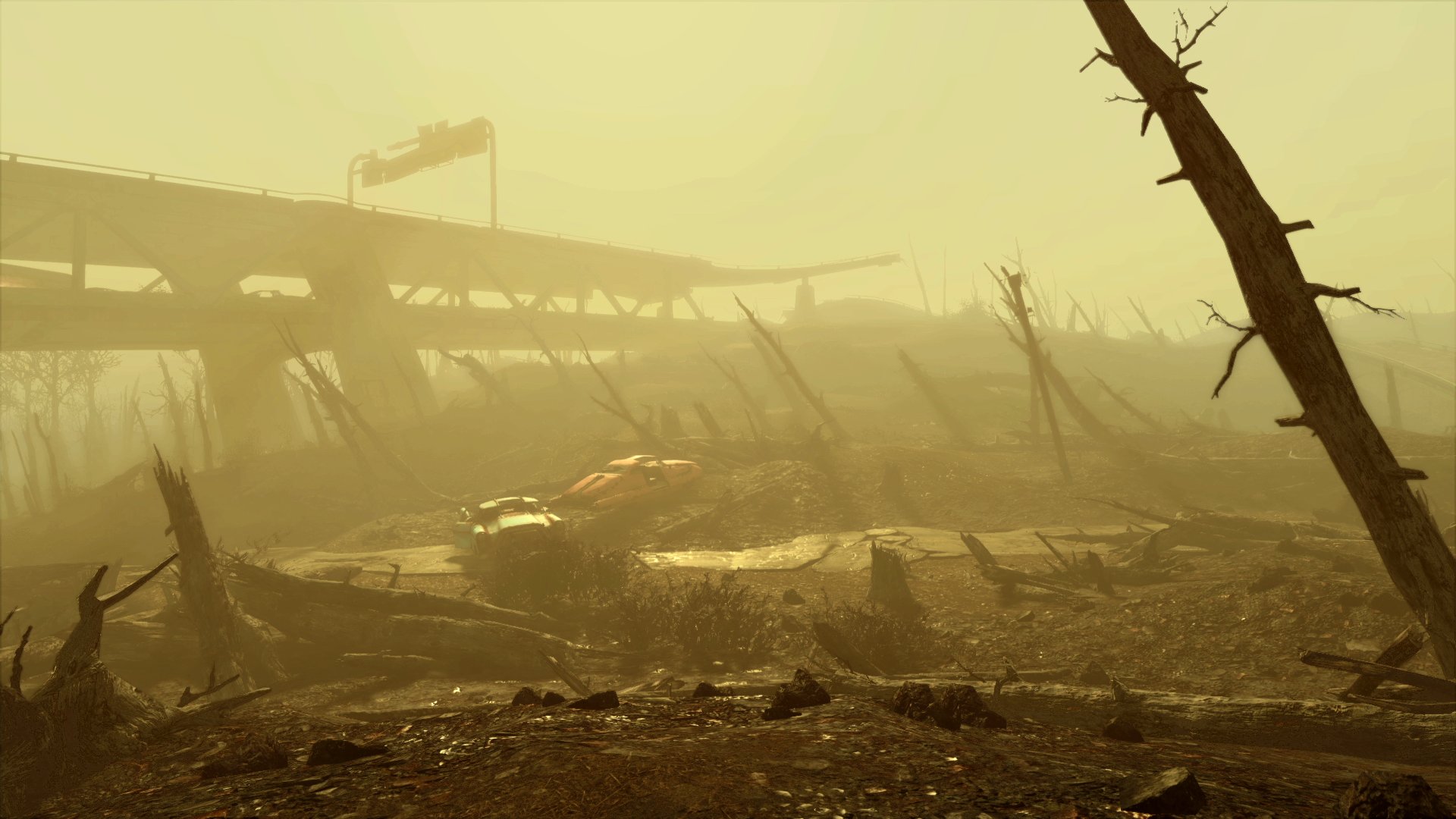
-
fallout-4 #33
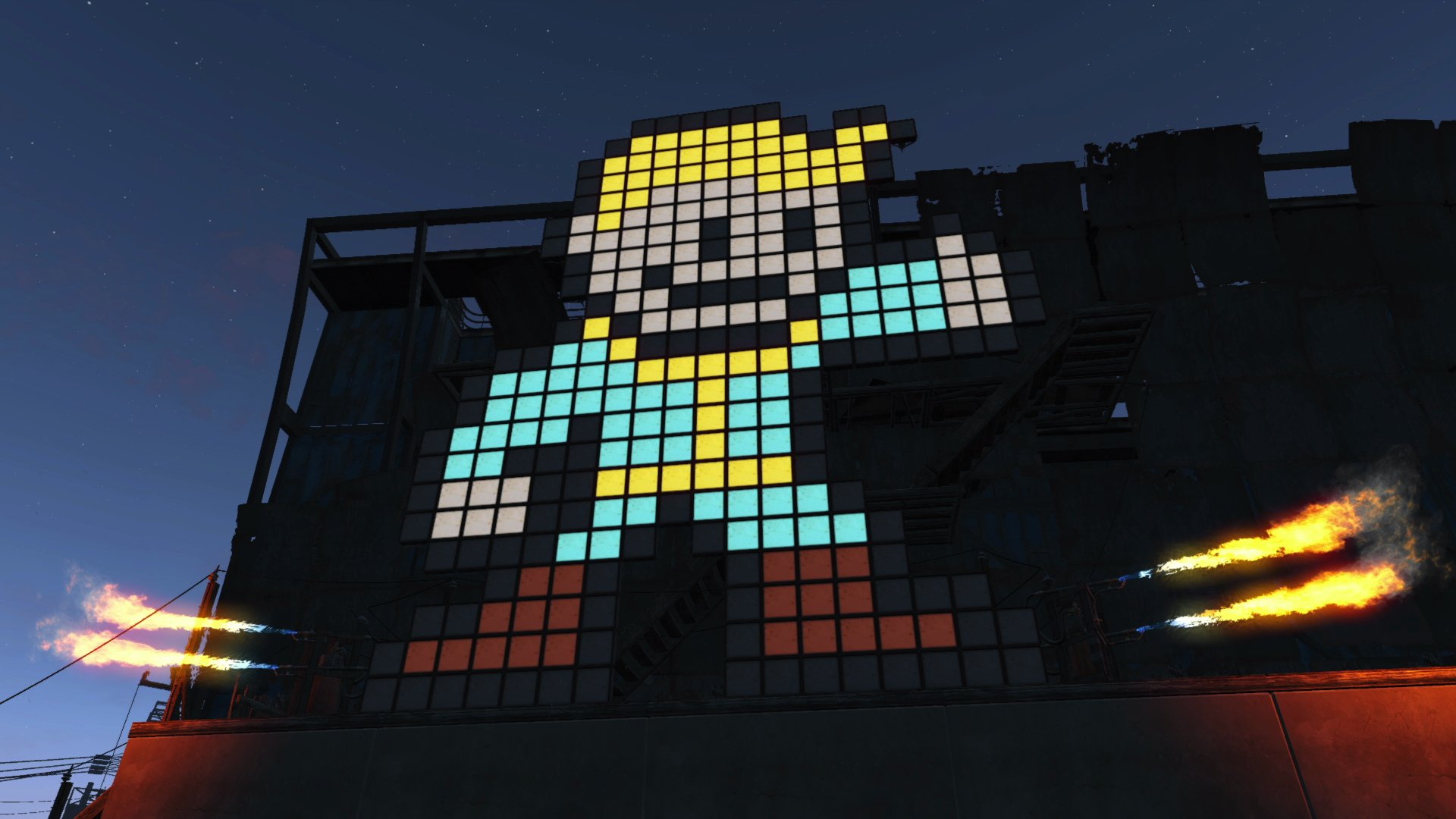
-
fallout-4 #34
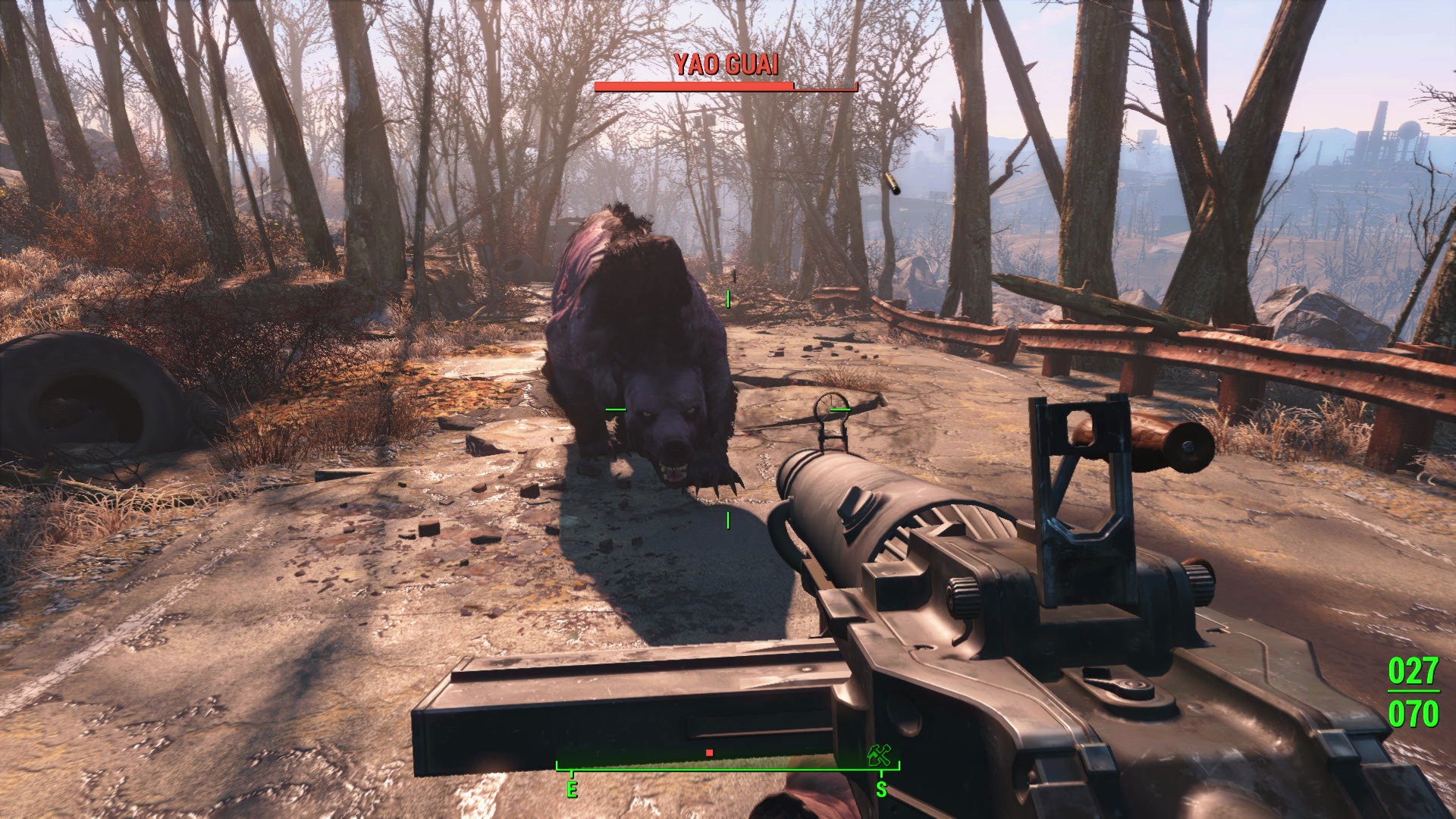
-
fallout-4 #35
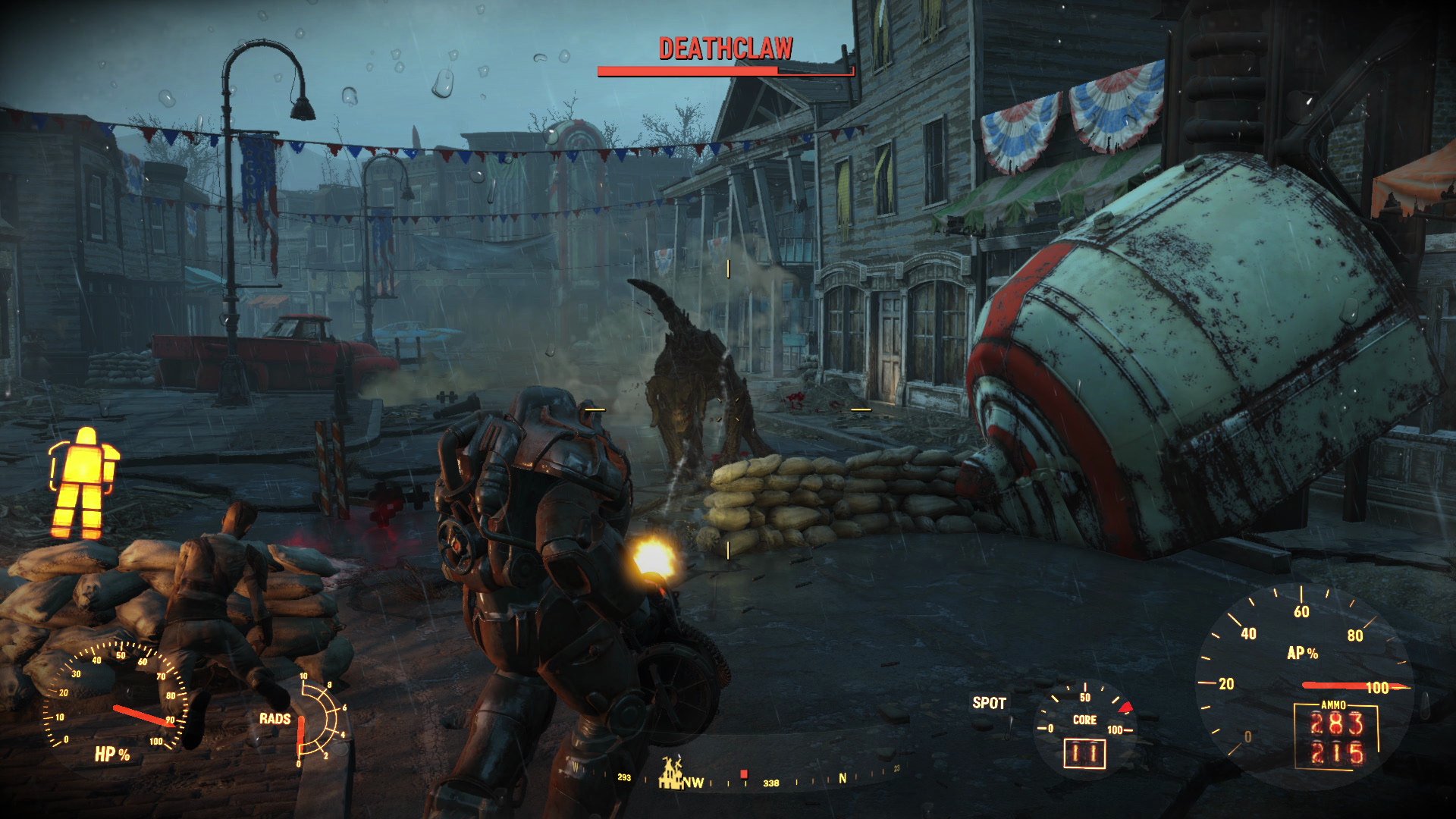
-
fallout-4 #36
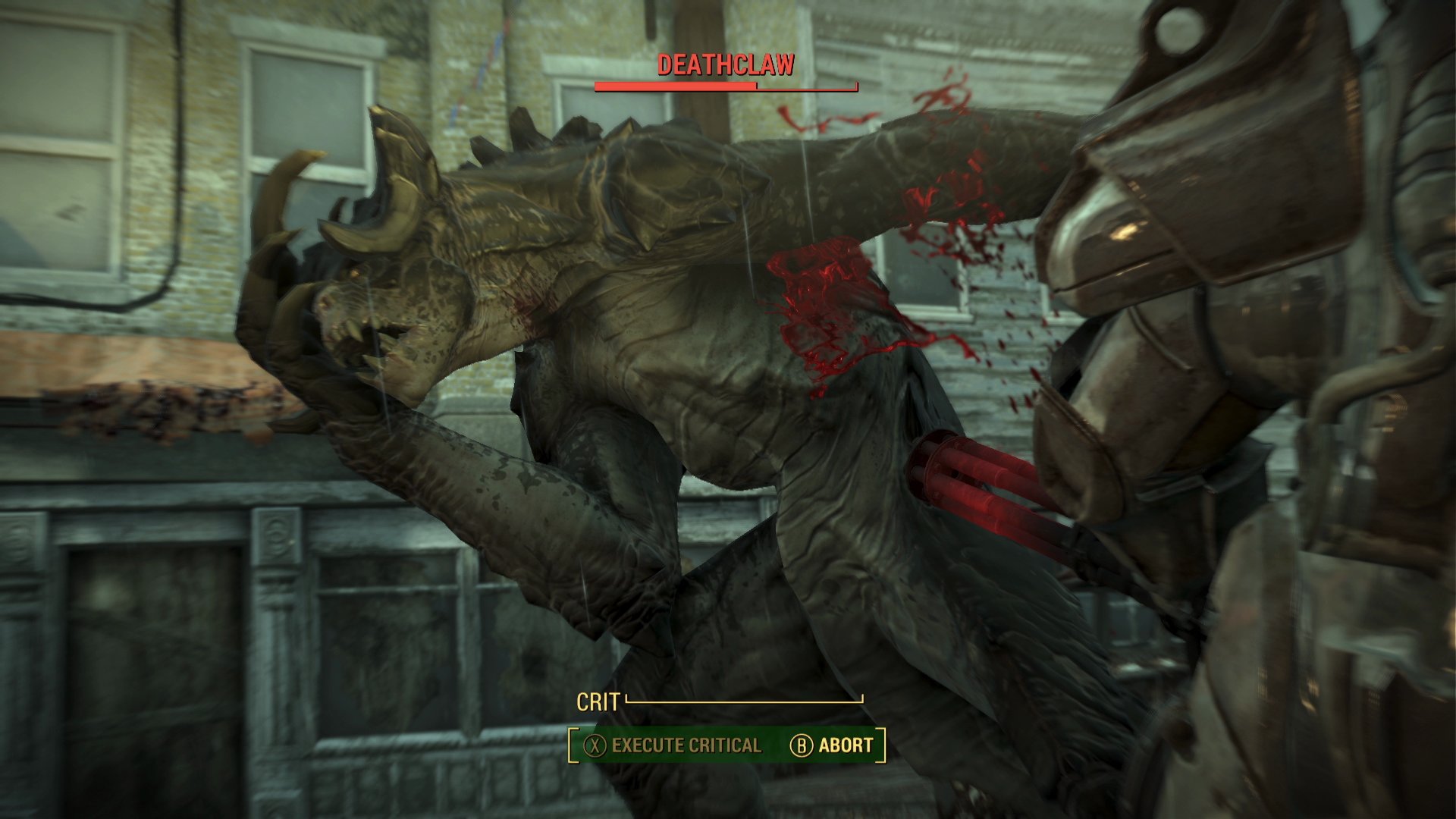
-
fallout-4 #37
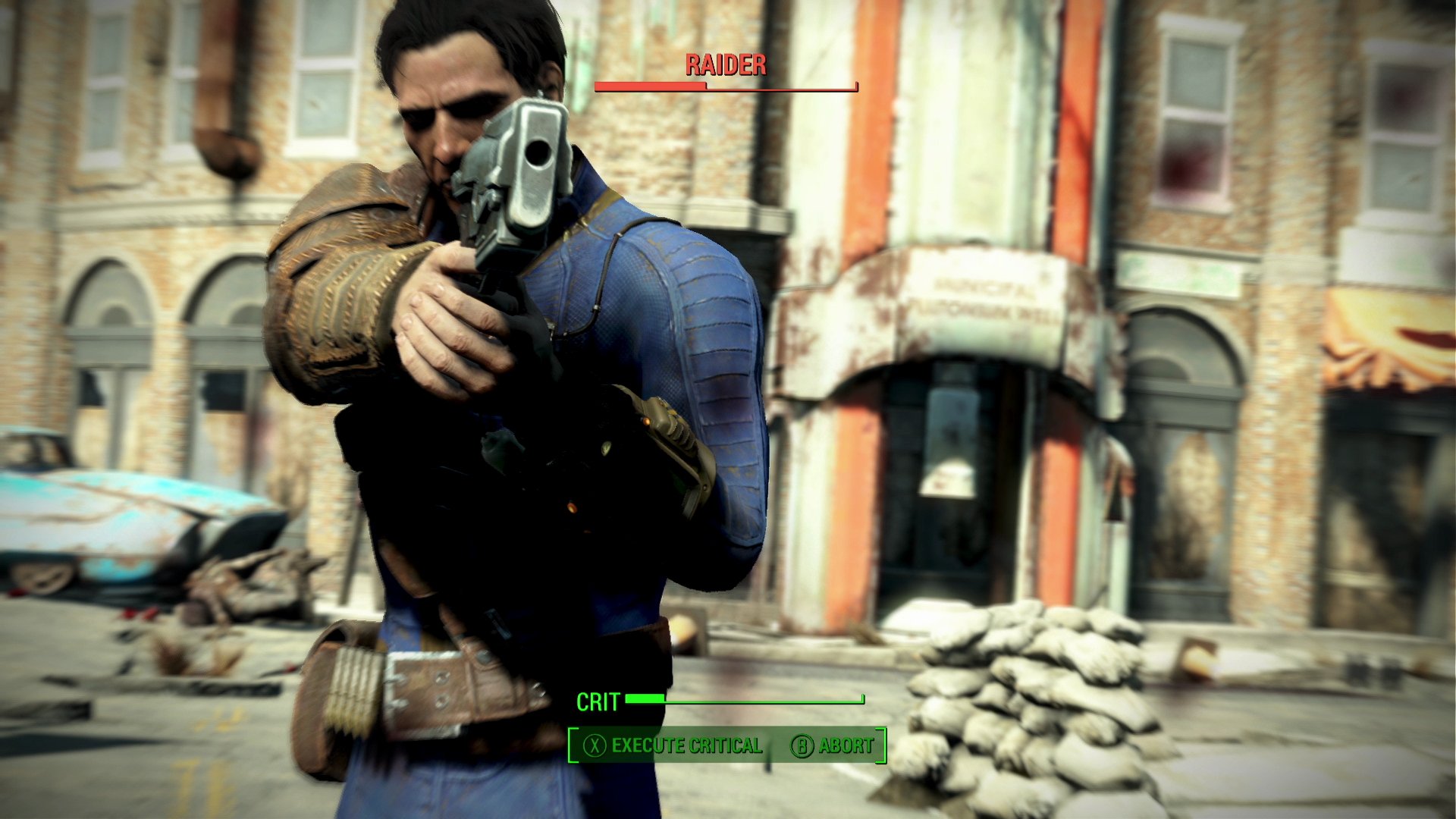
-
fallout-4 #38
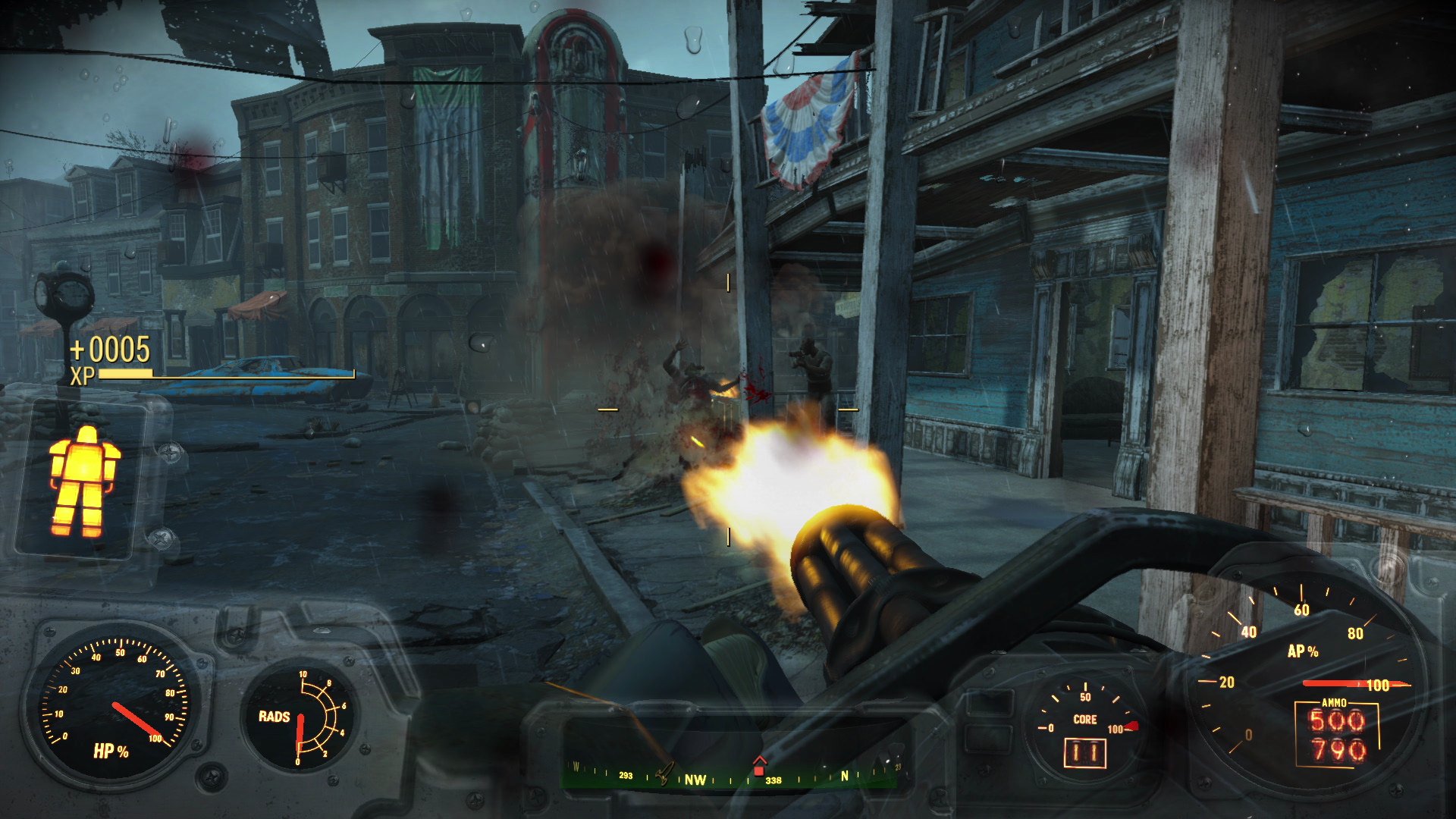
-
fallout-4 #39
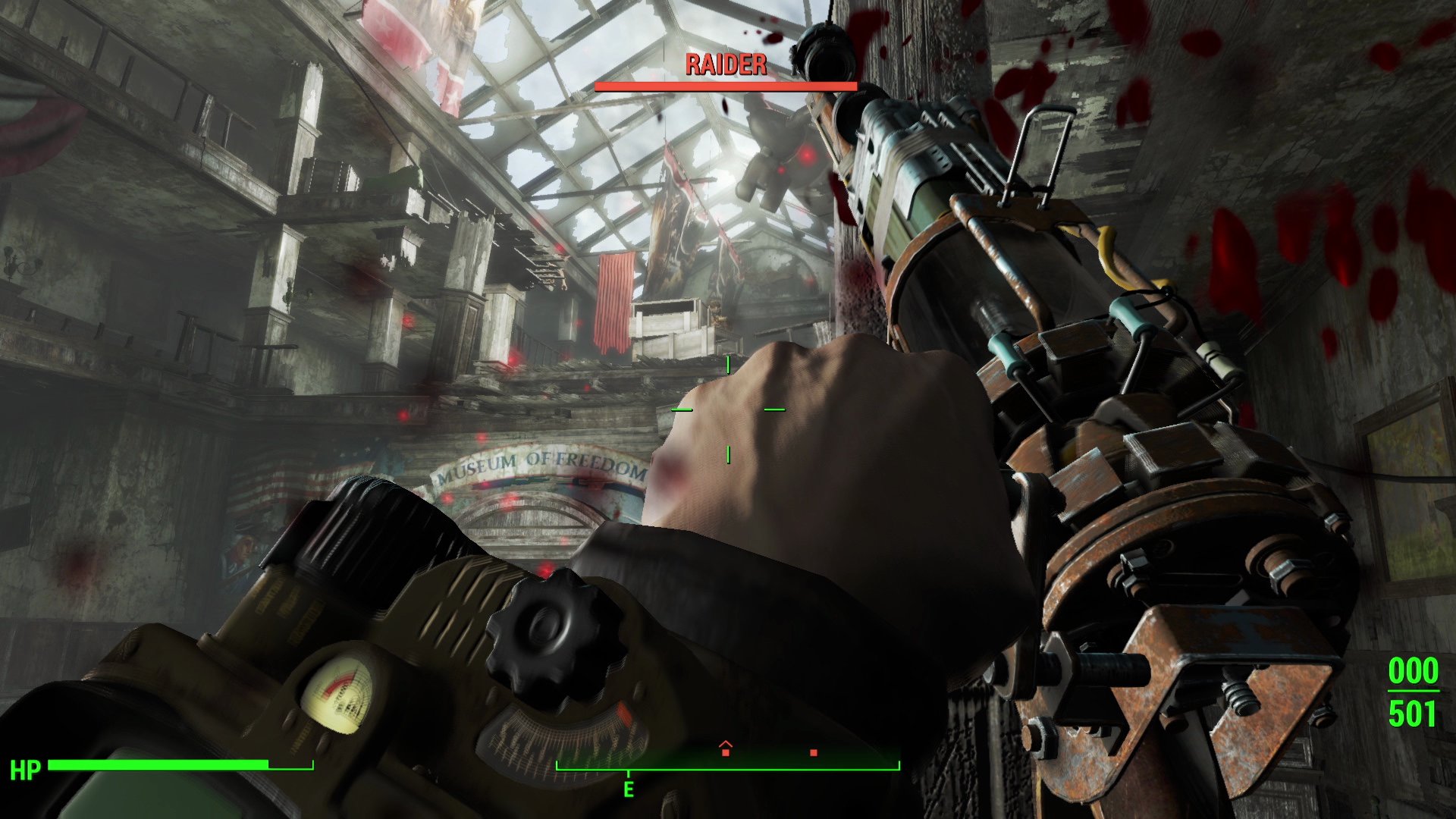
-
fallout-4 #40
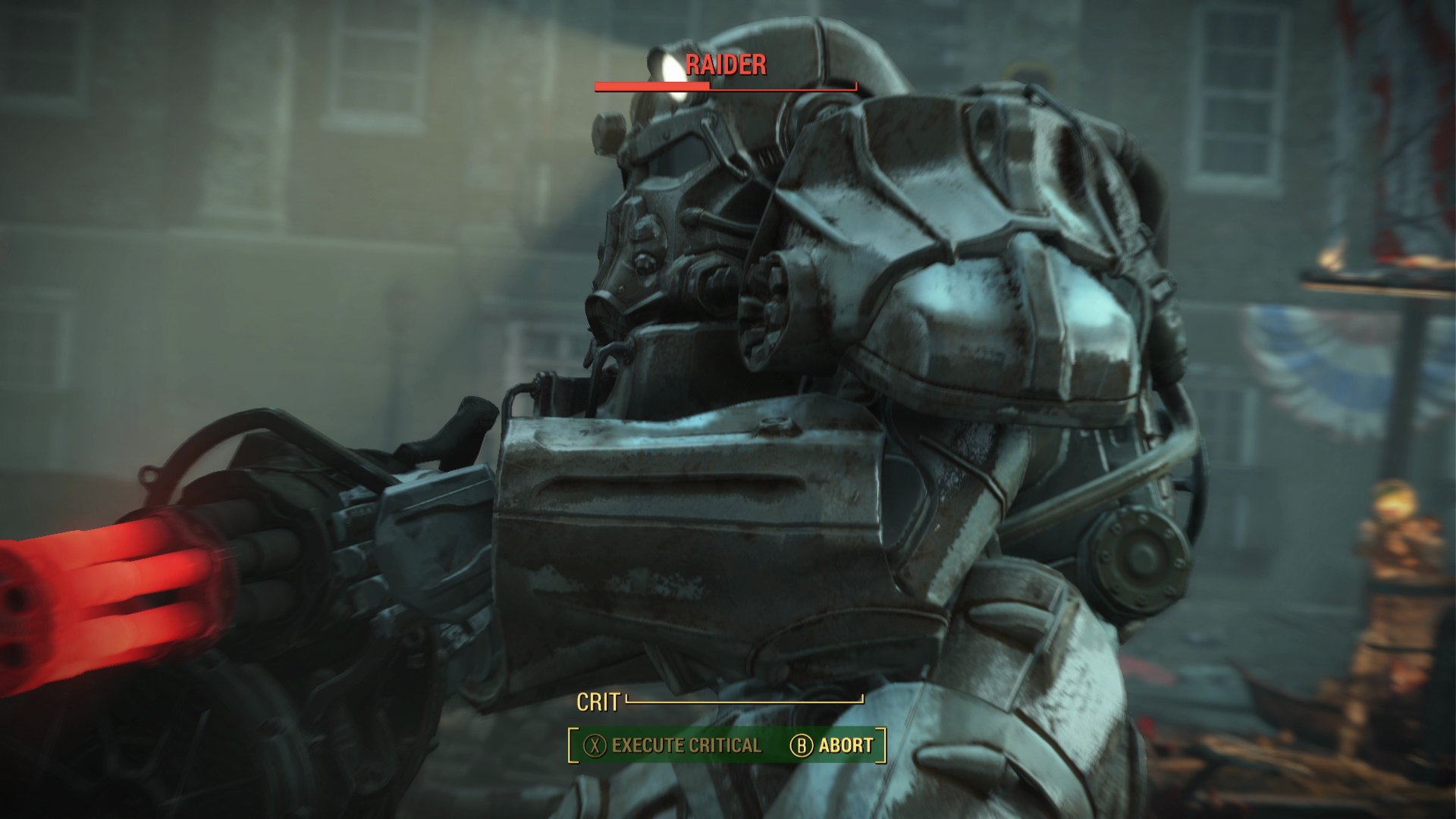
-
fallout-4 #41
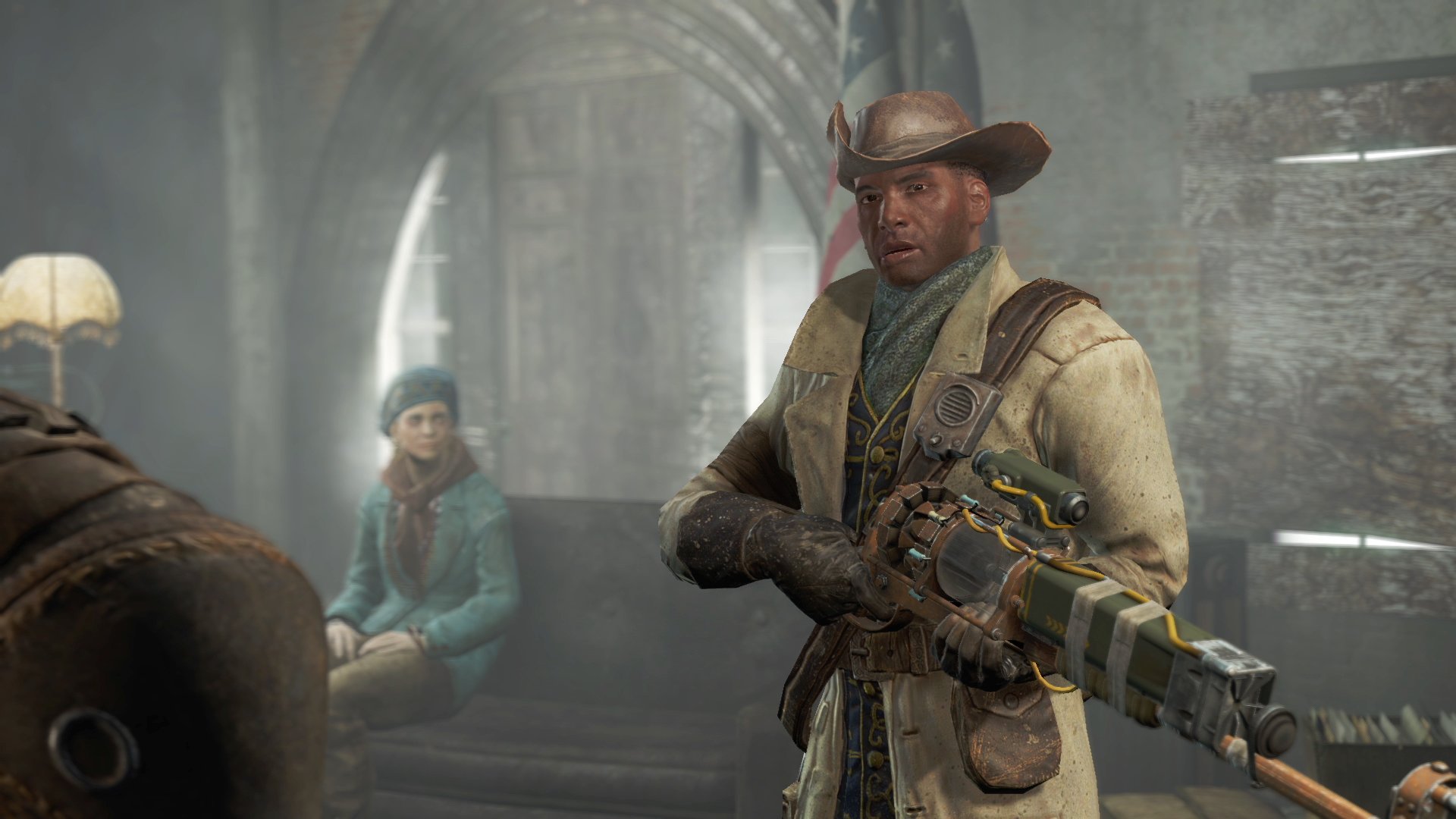
-
fallout-4 #42
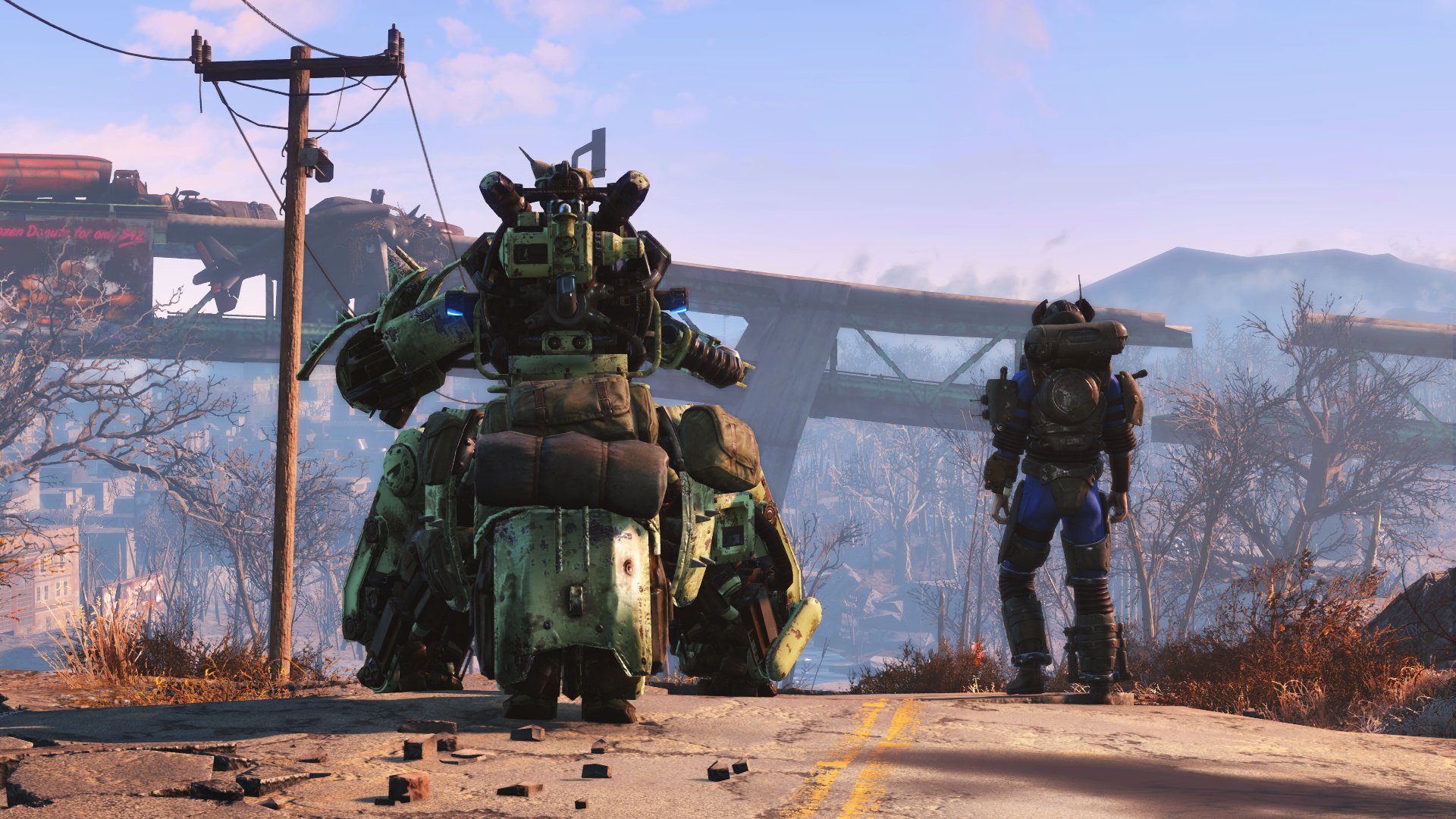
-
fallout-4 #43

-
fallout-4 #44
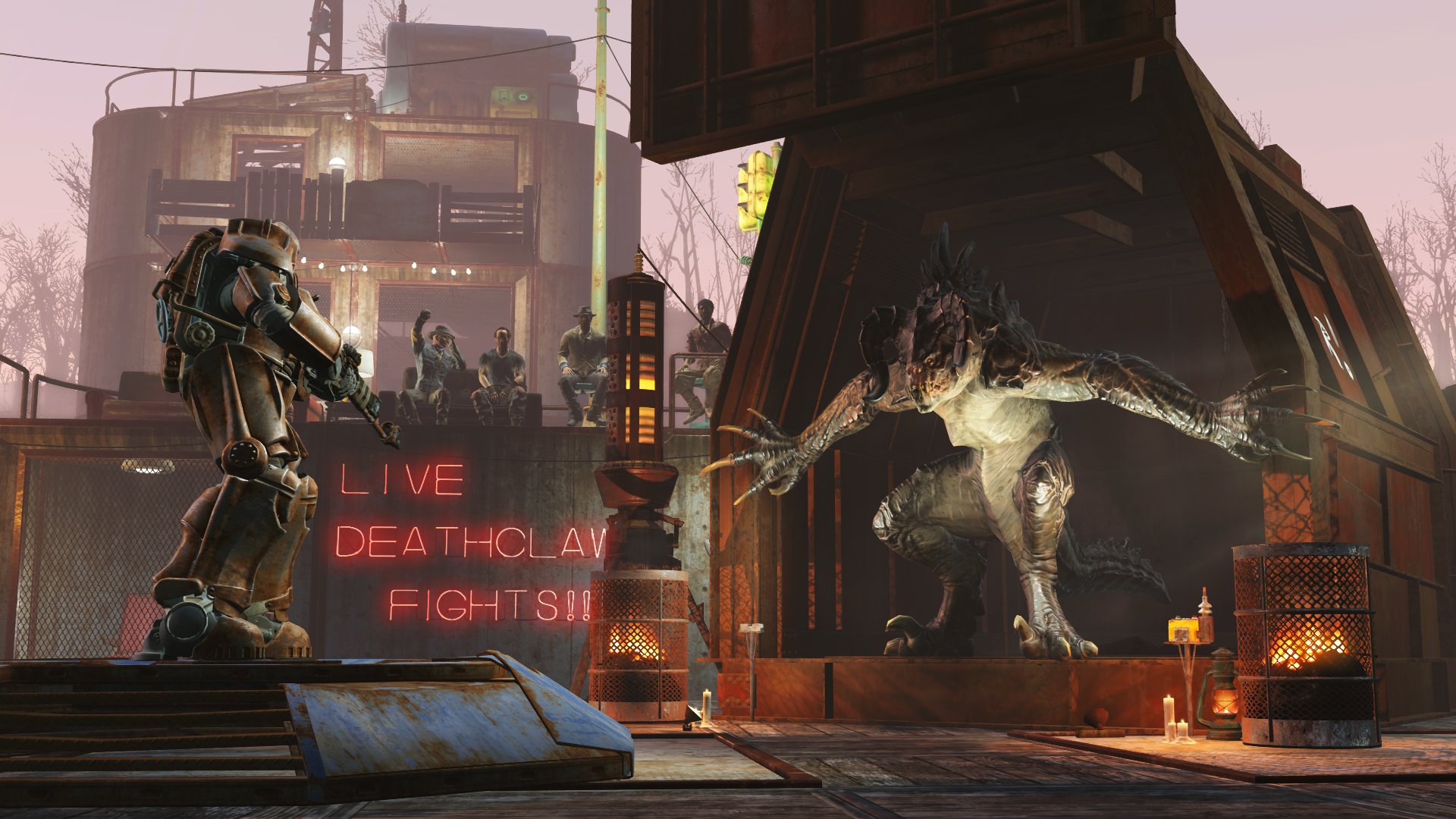
-
fallout-4 #45
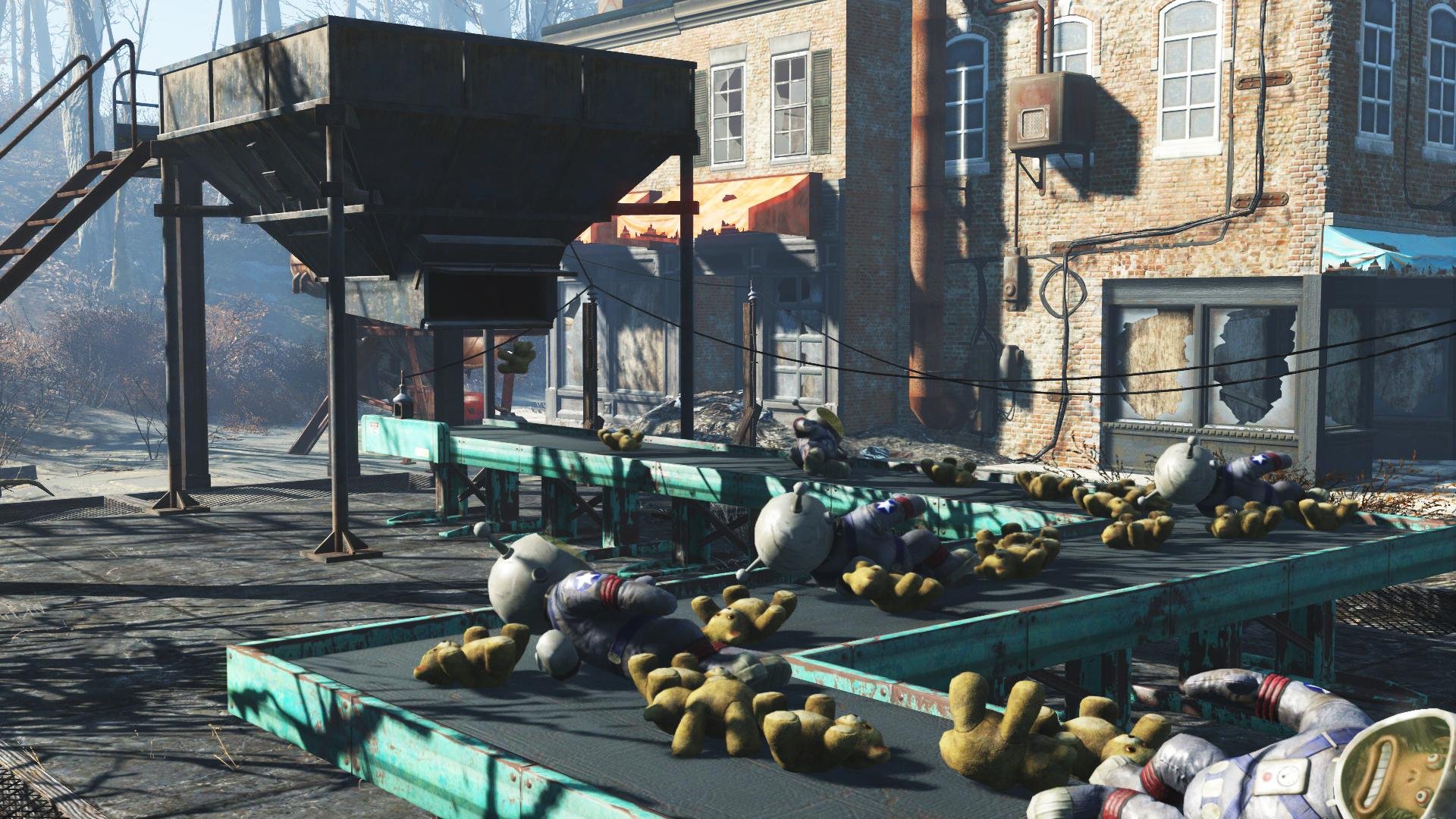
-
fallout-4 #46
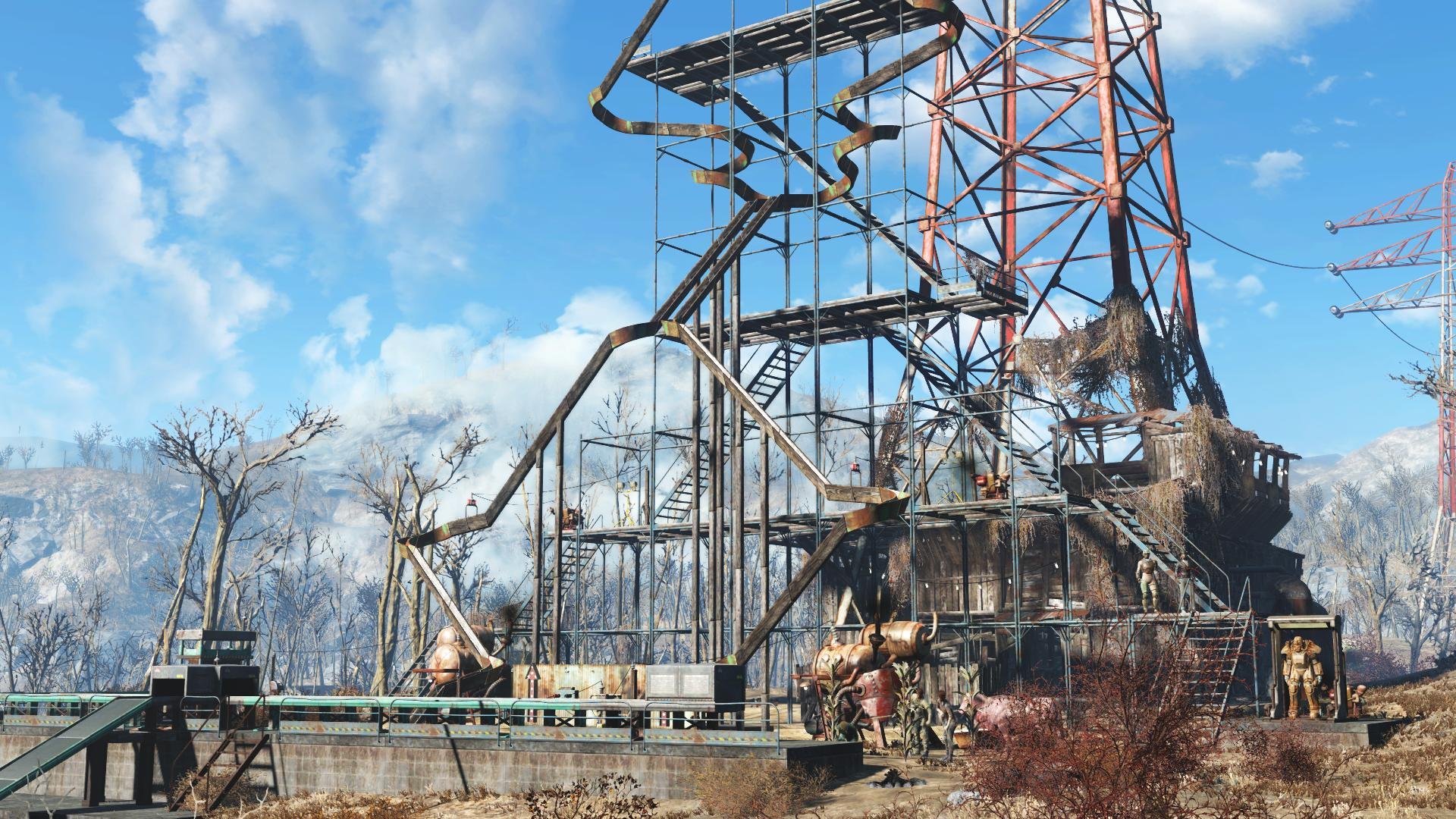
-
fallout-4 #47
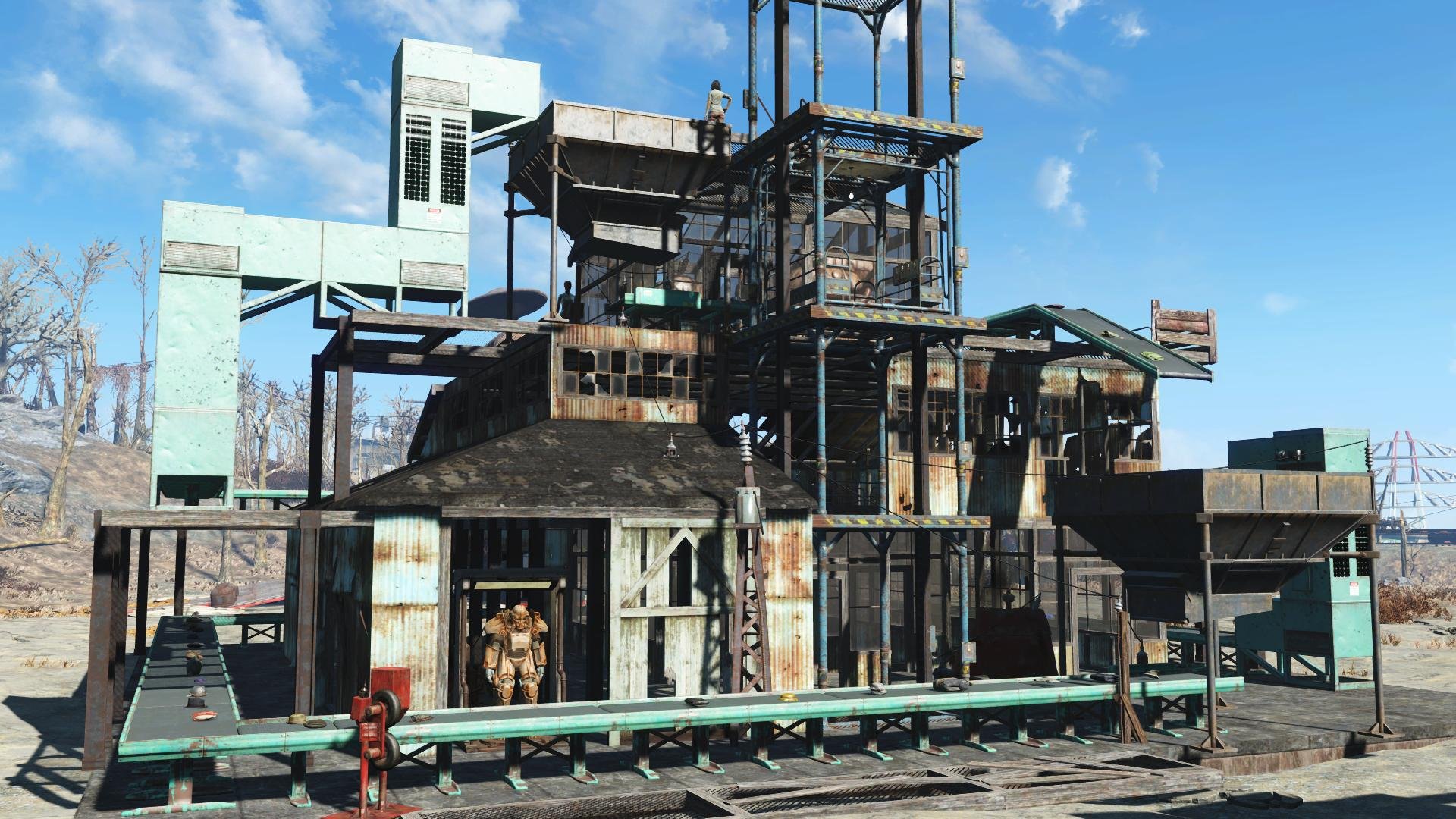
-
fallout-4 #48
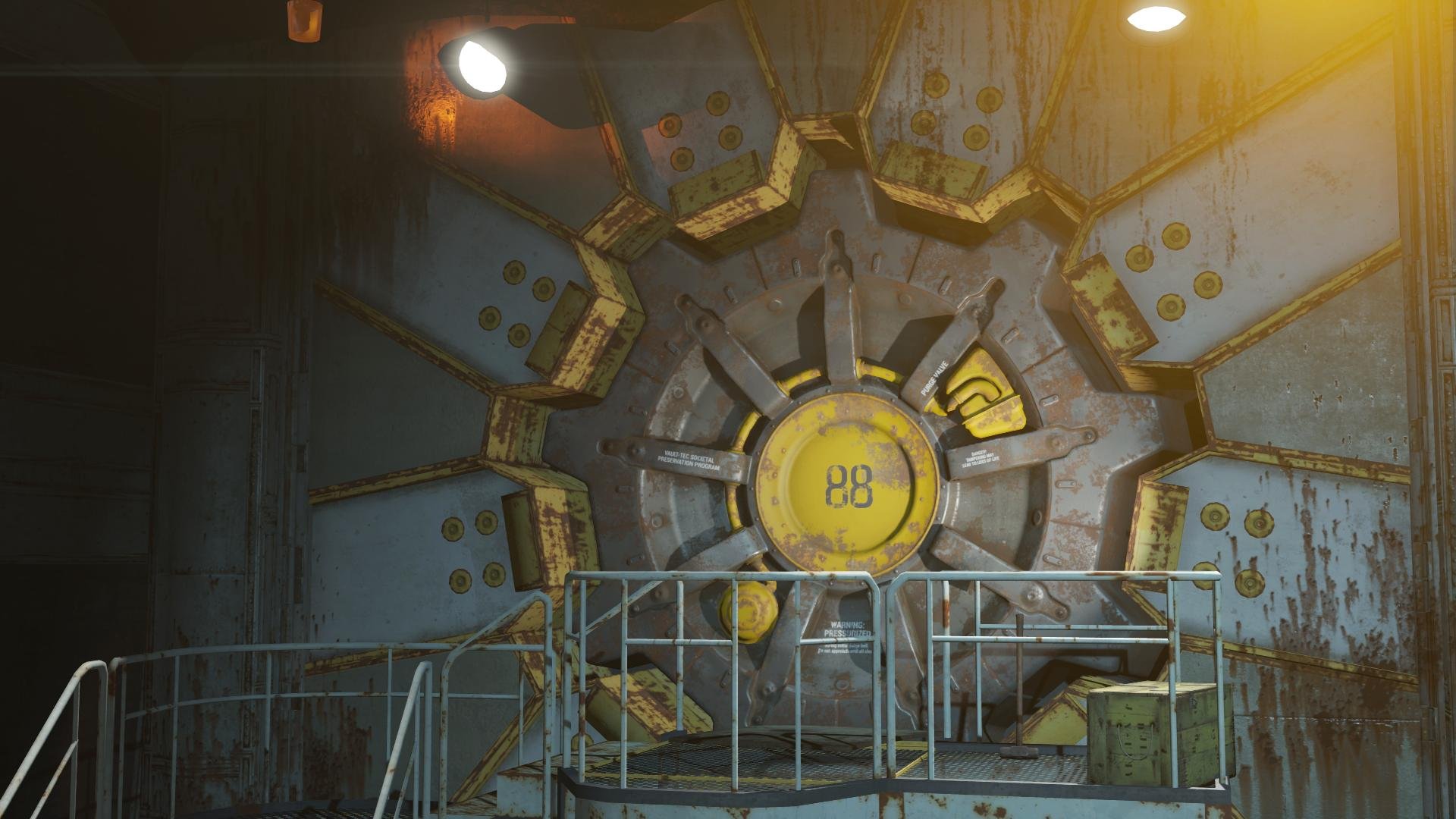
-
fallout-4 #49
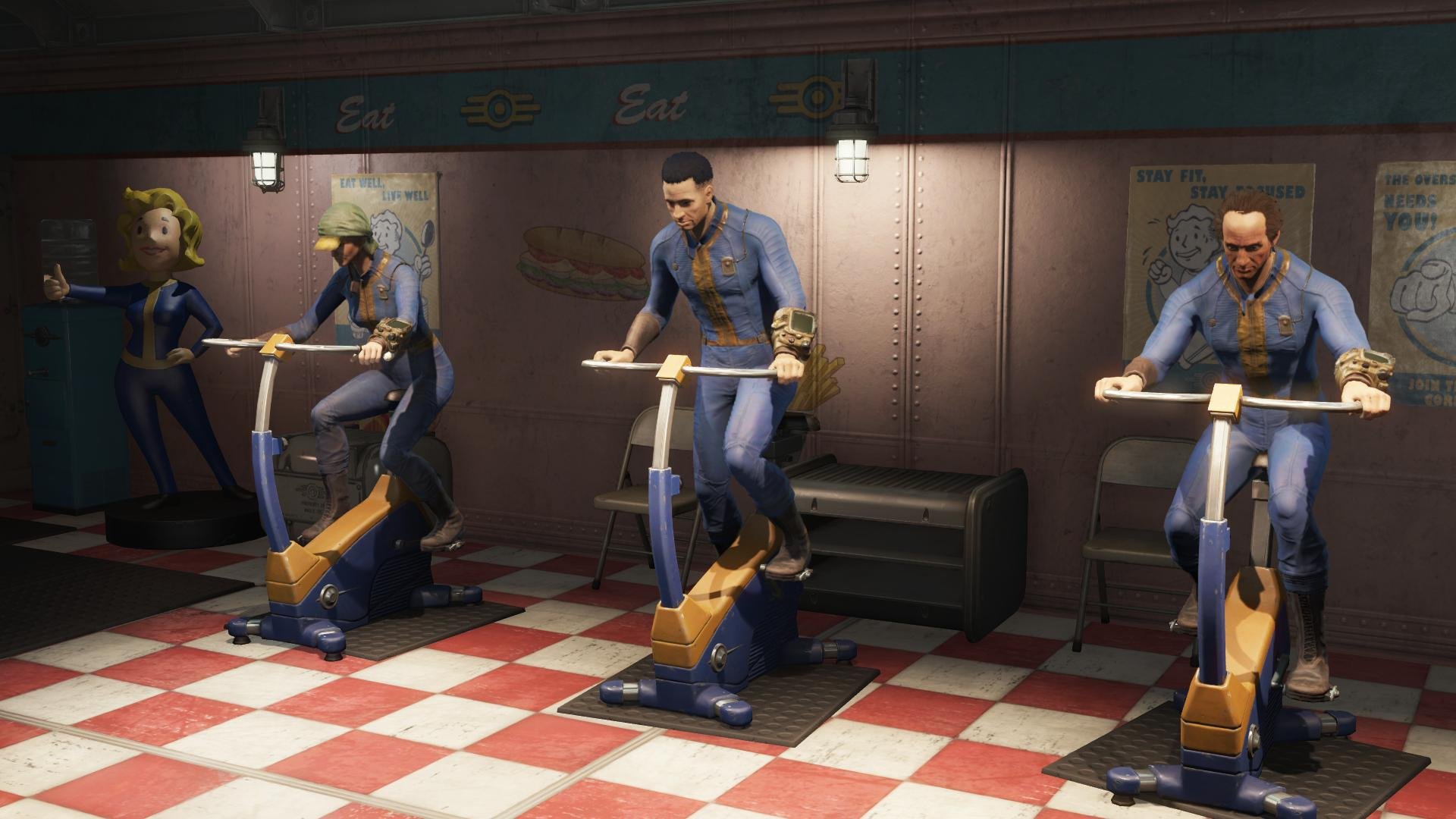
-
fallout-4 #50
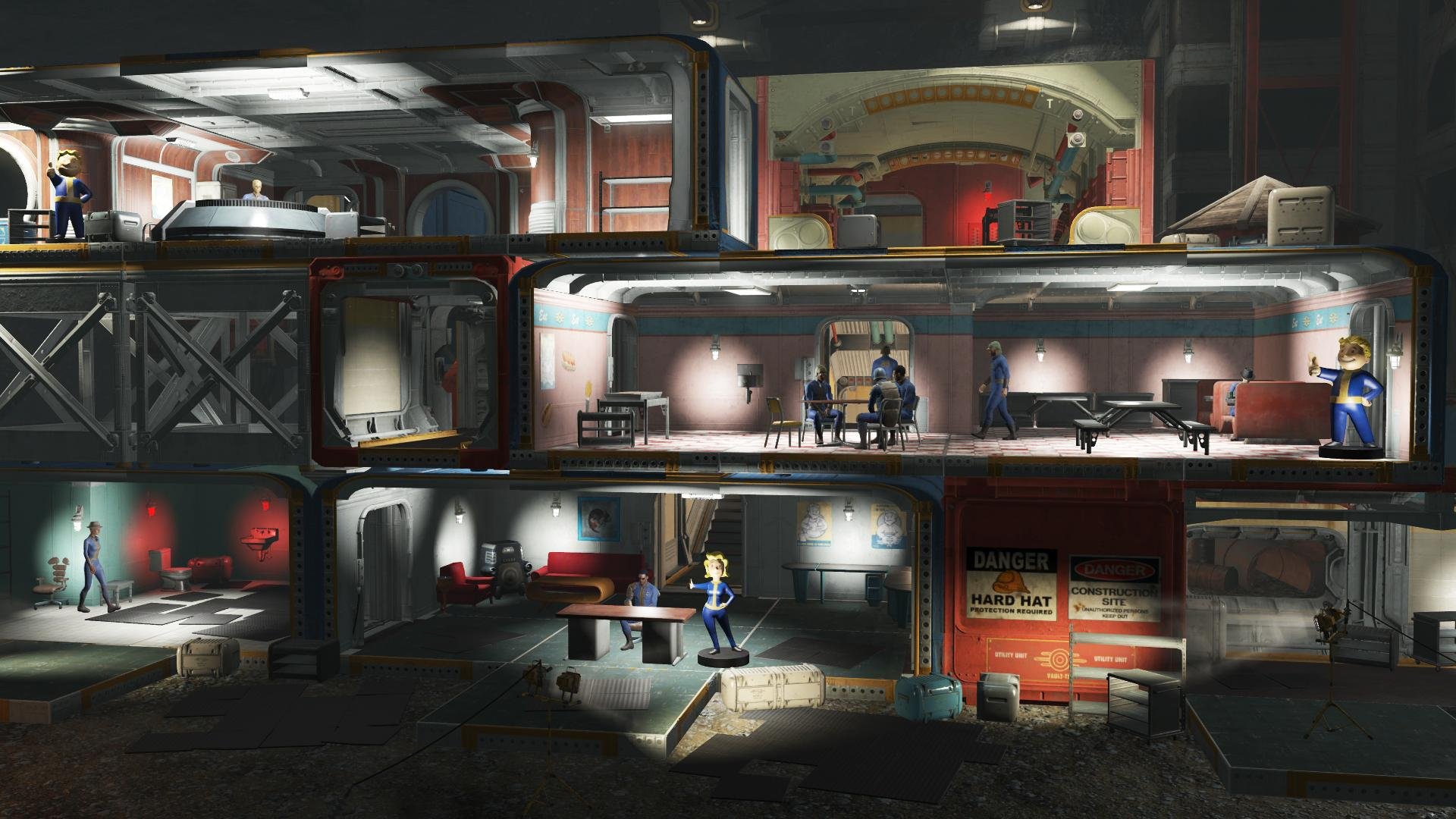
-
fallout-4 #51
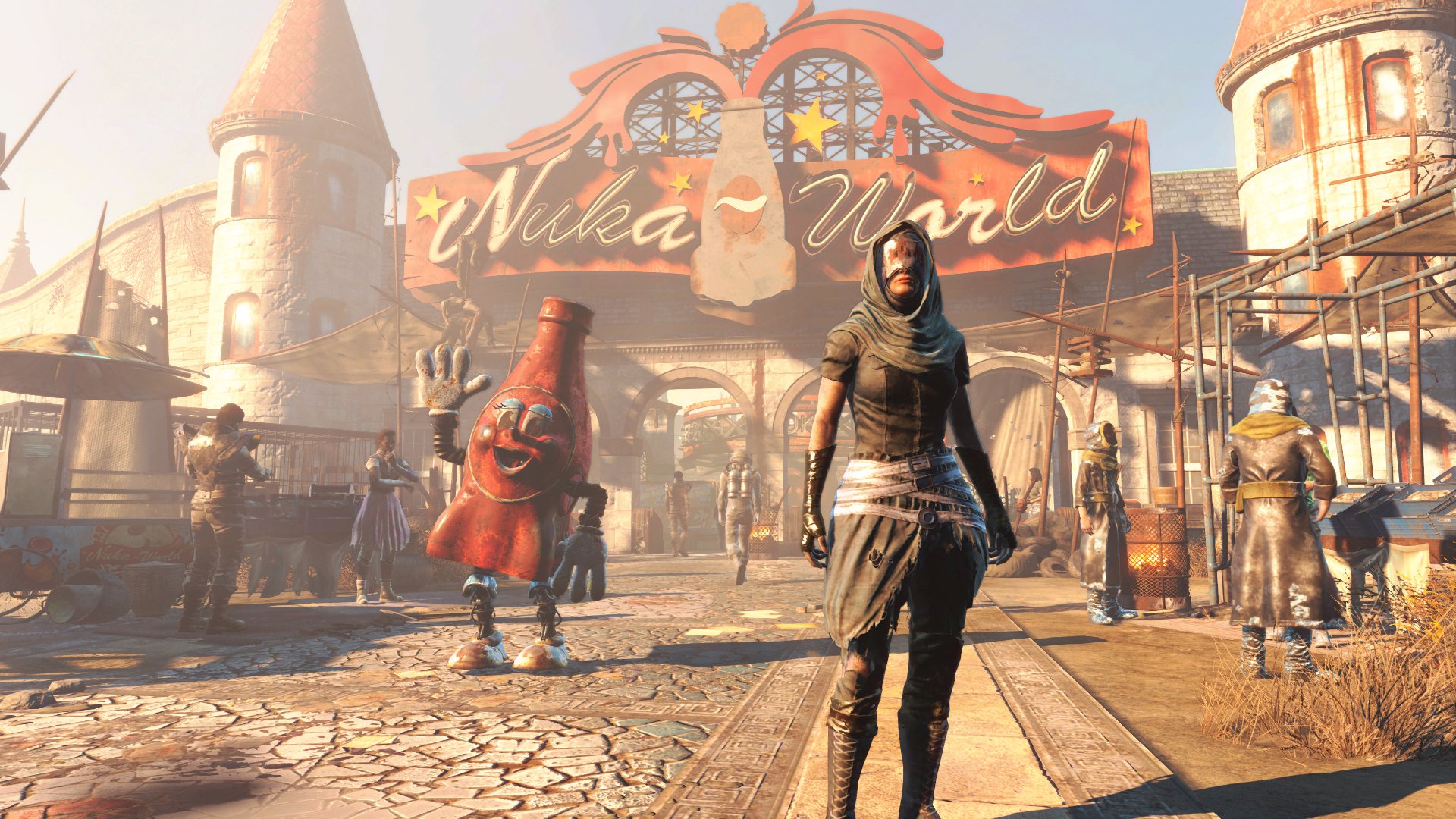
-
fallout-4 #52
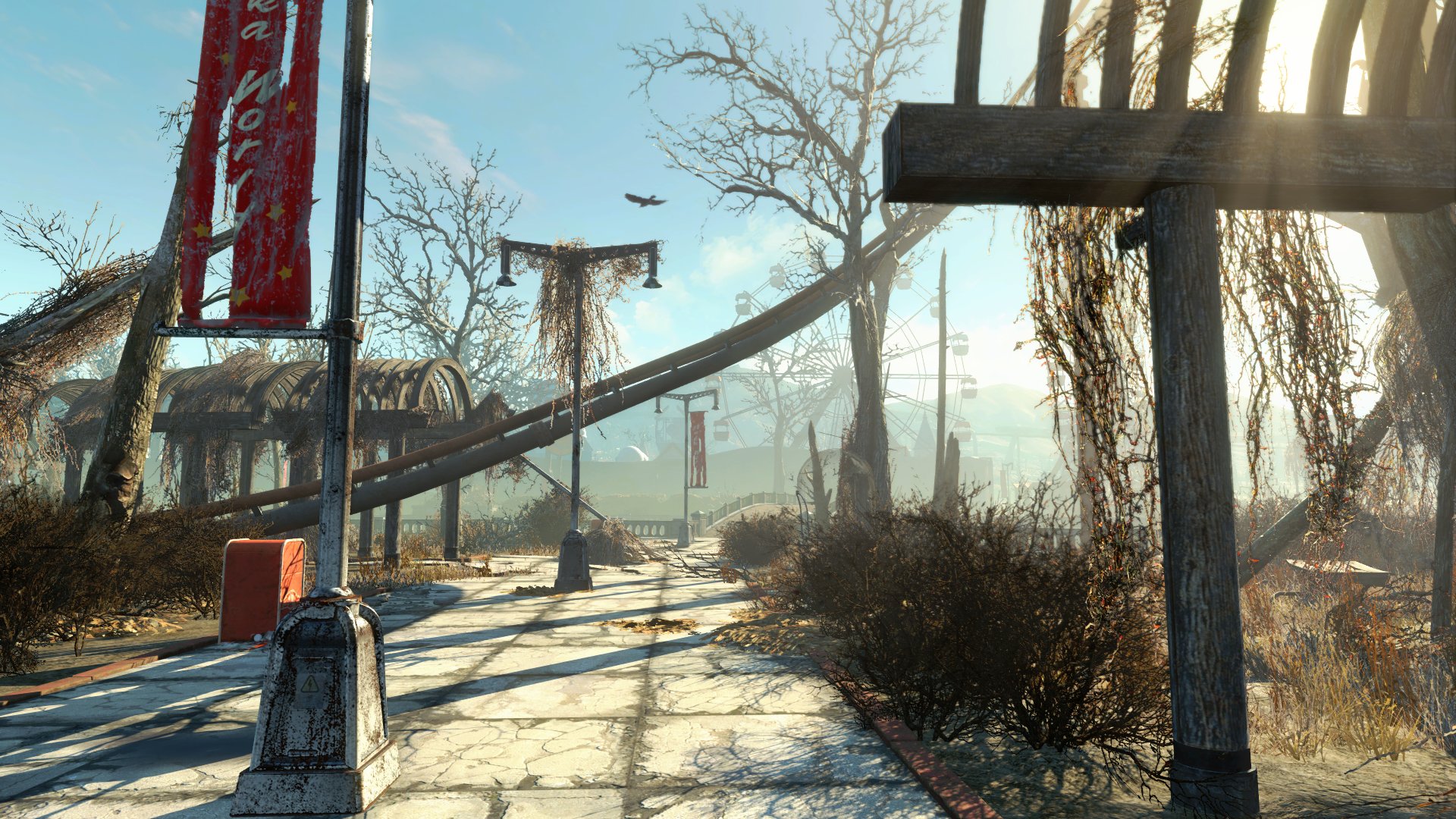
-
fallout-4 #53
